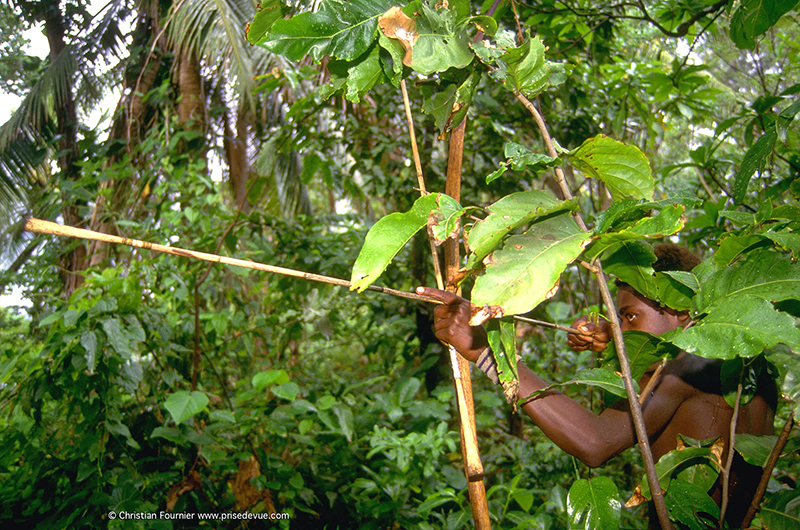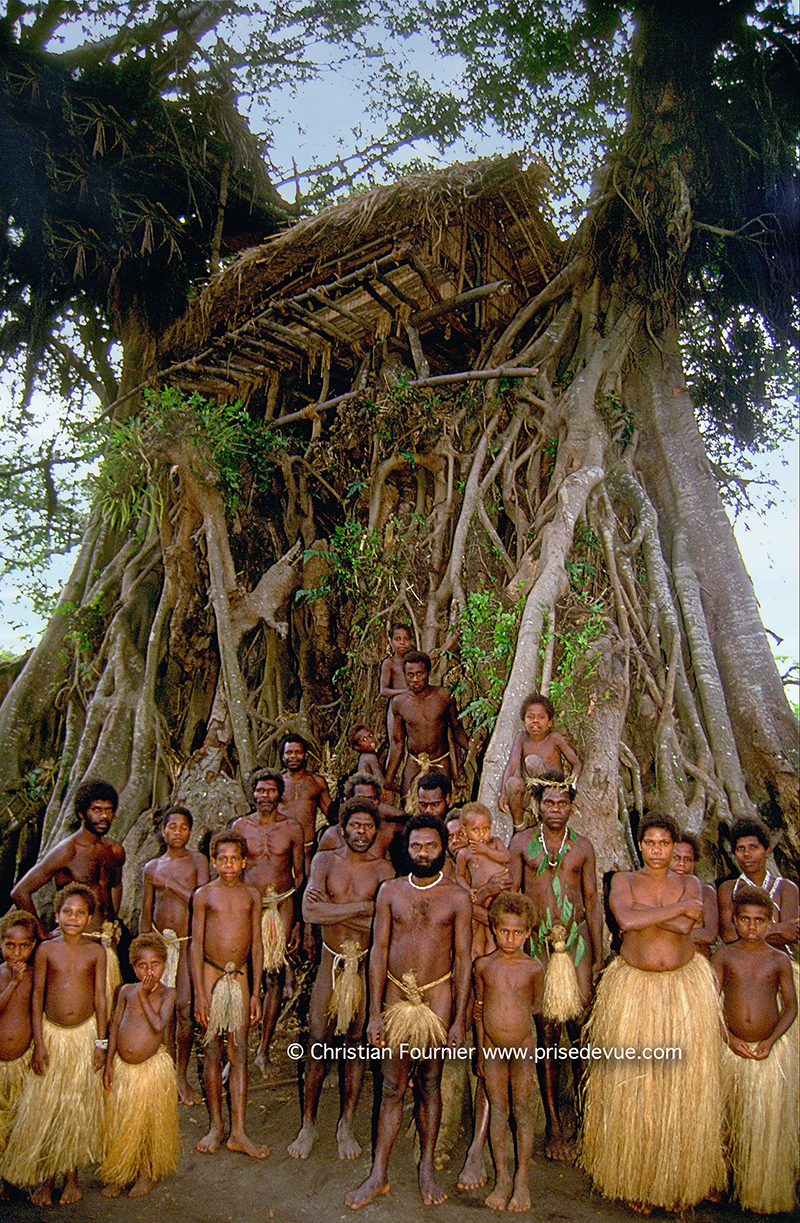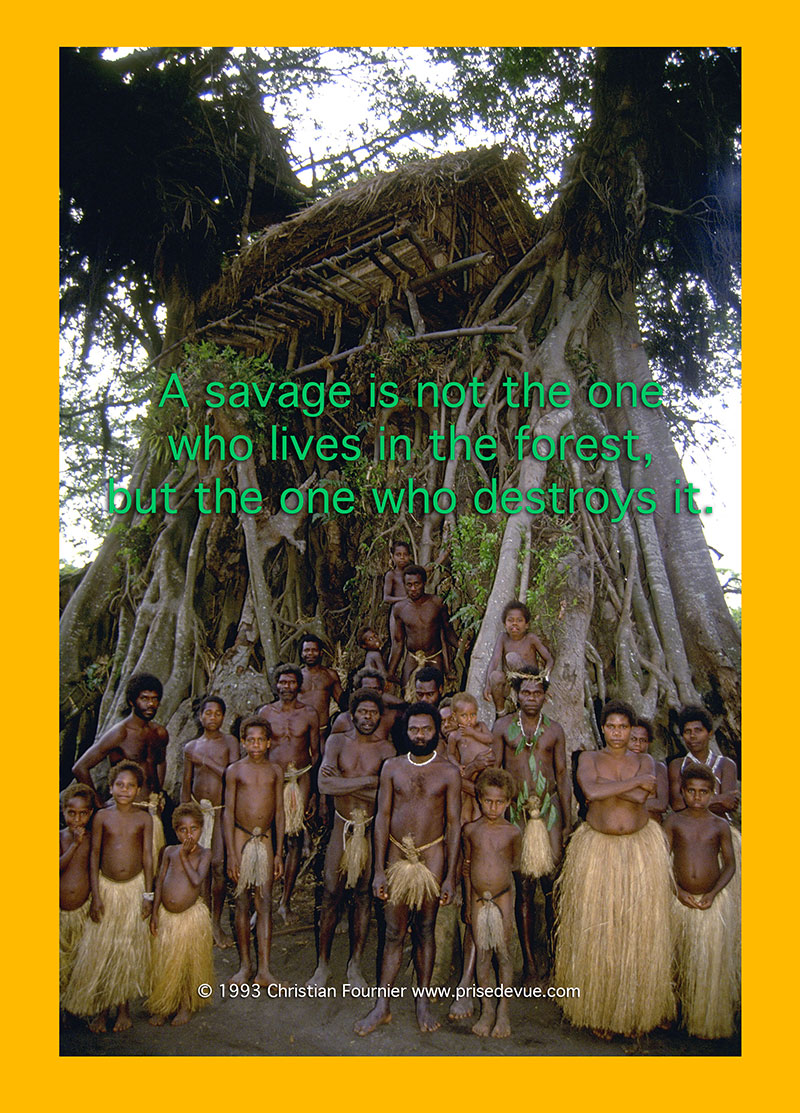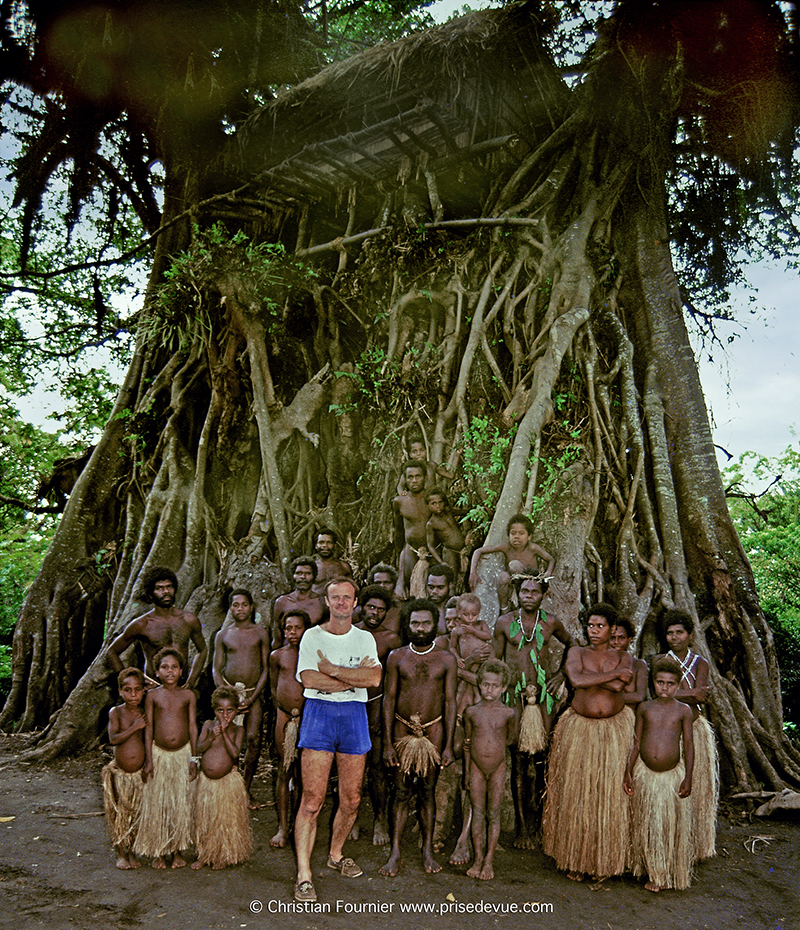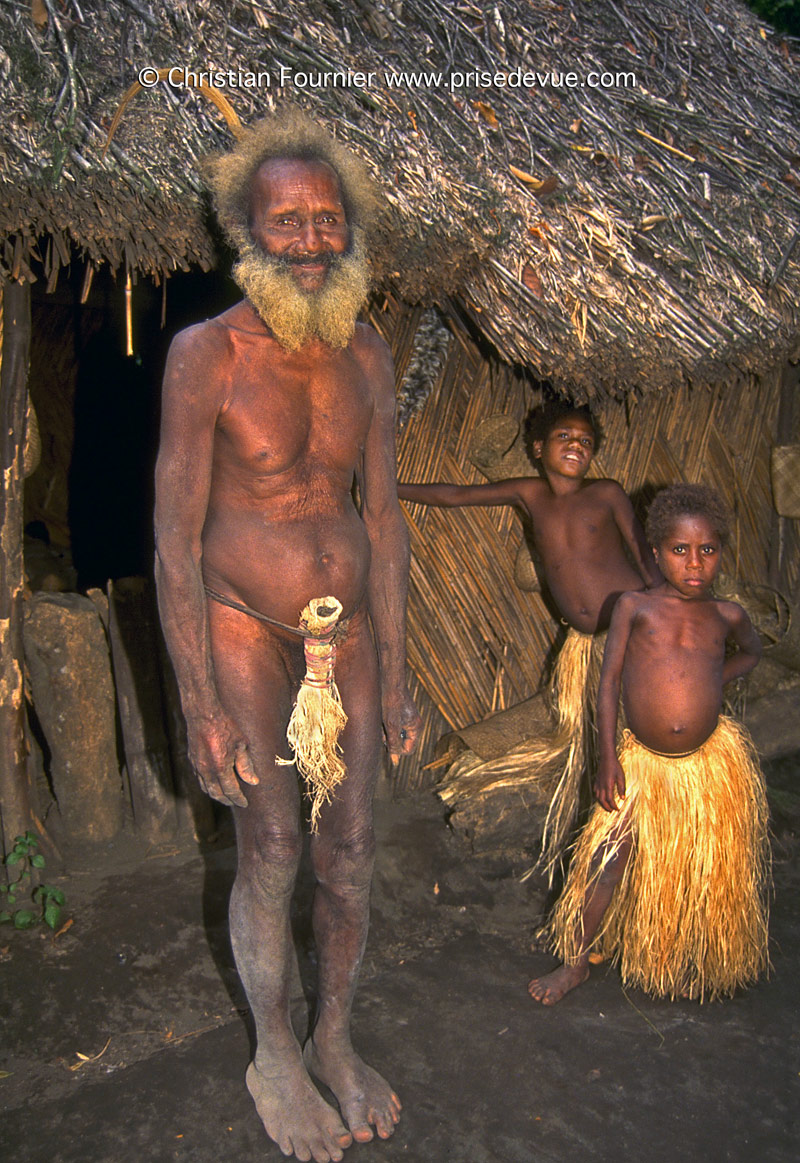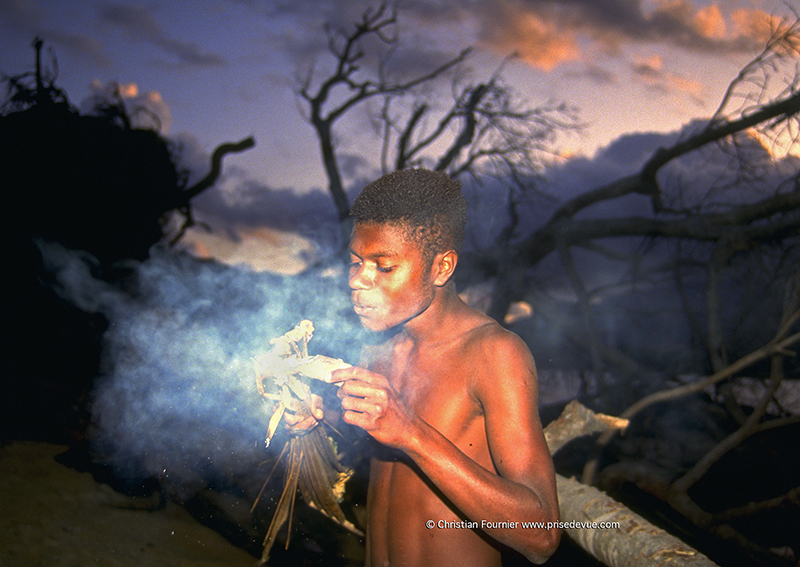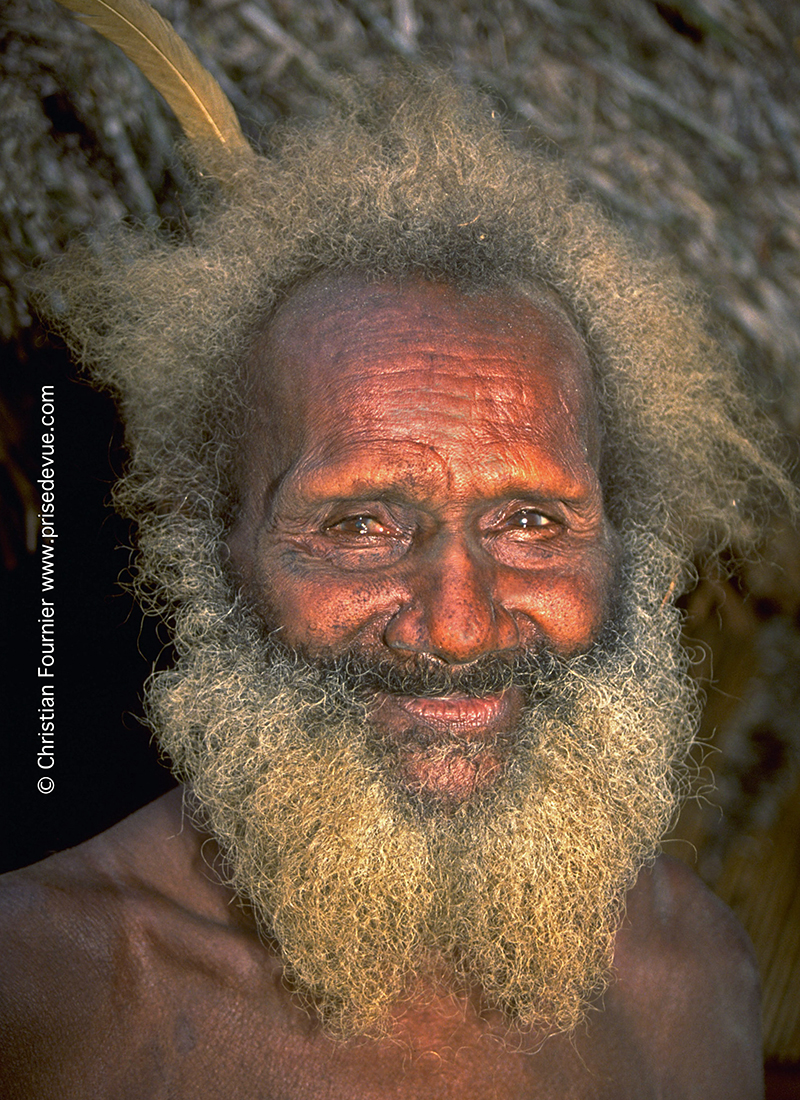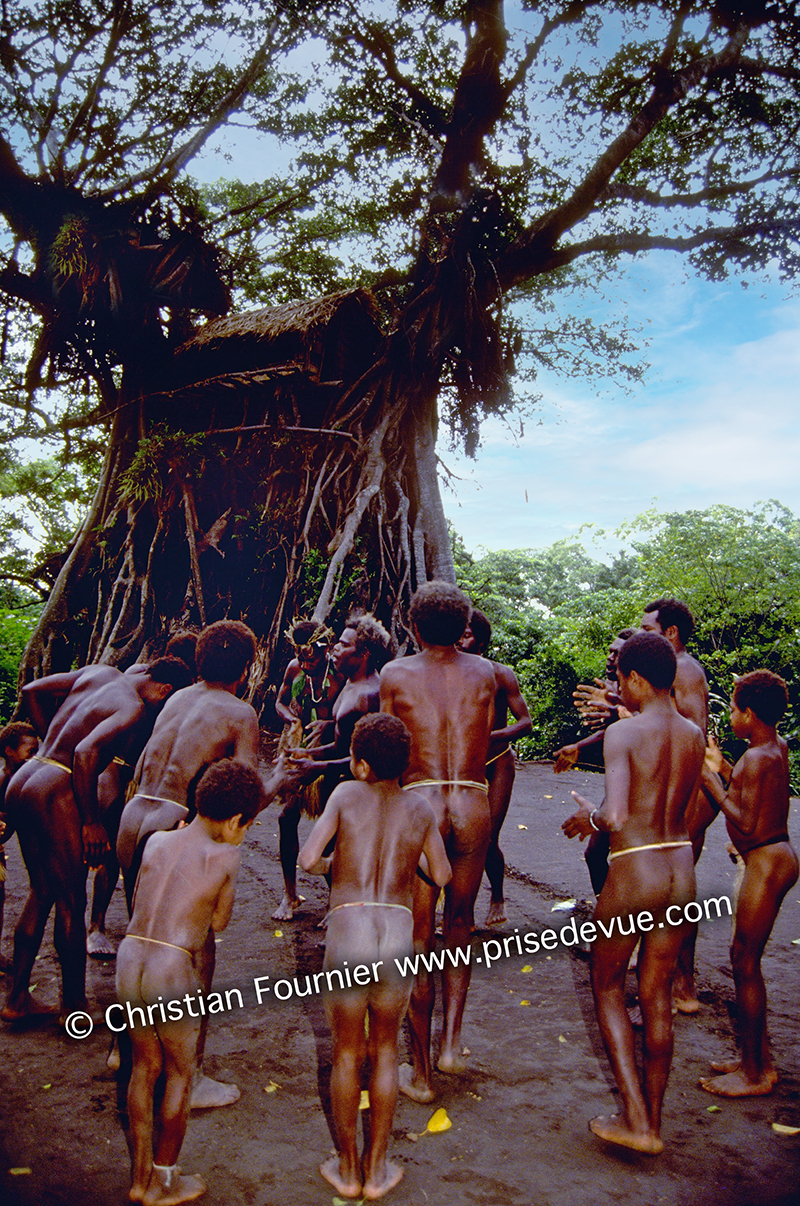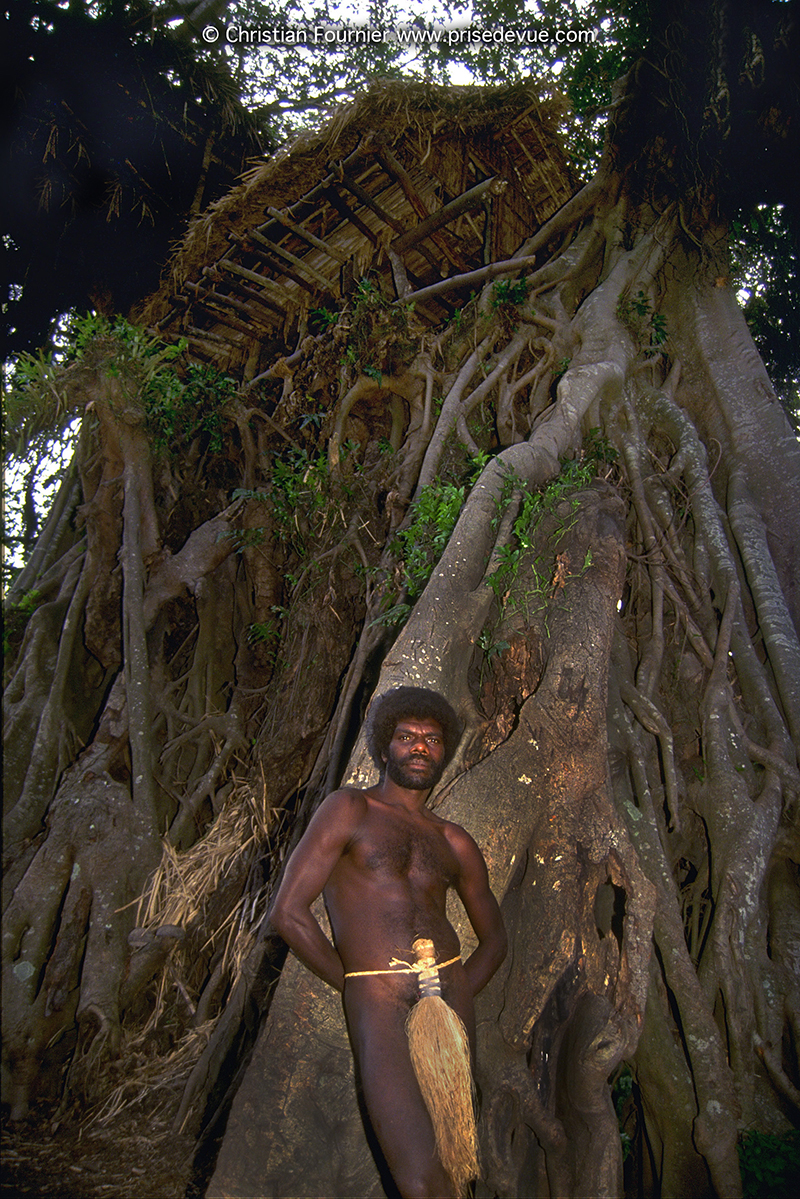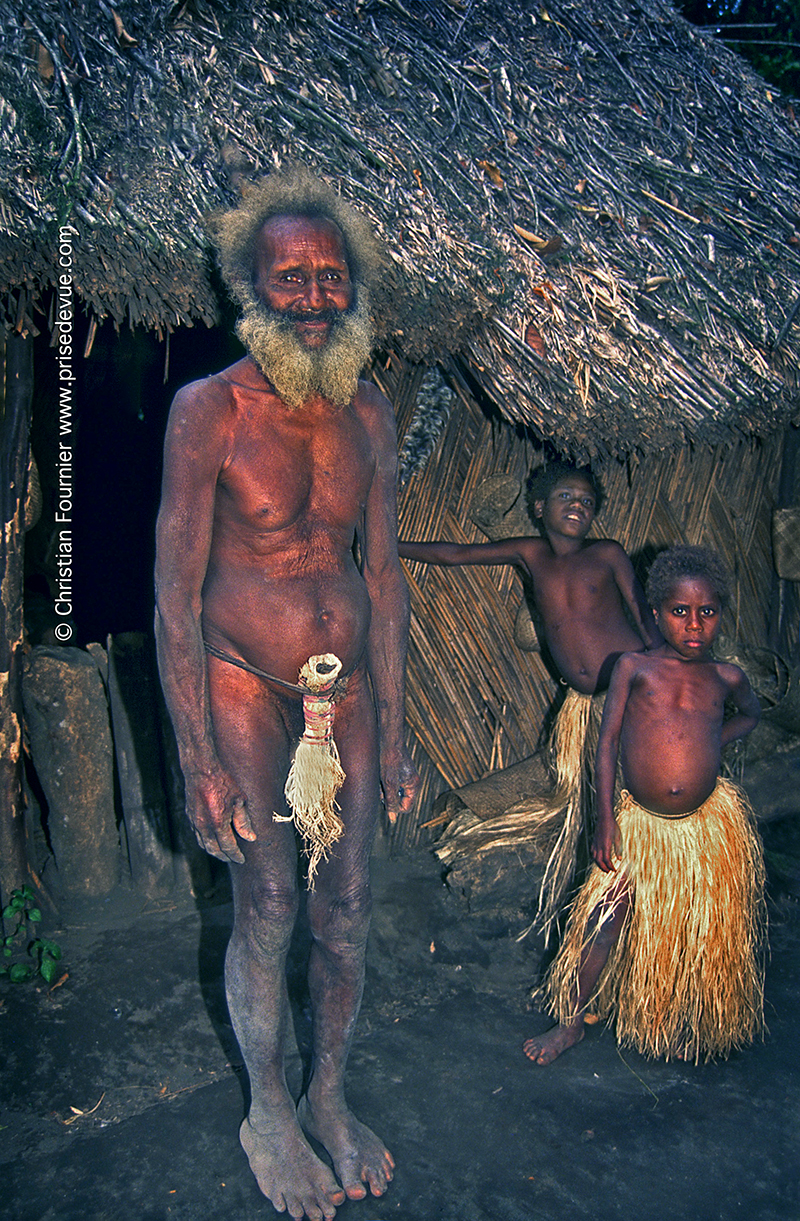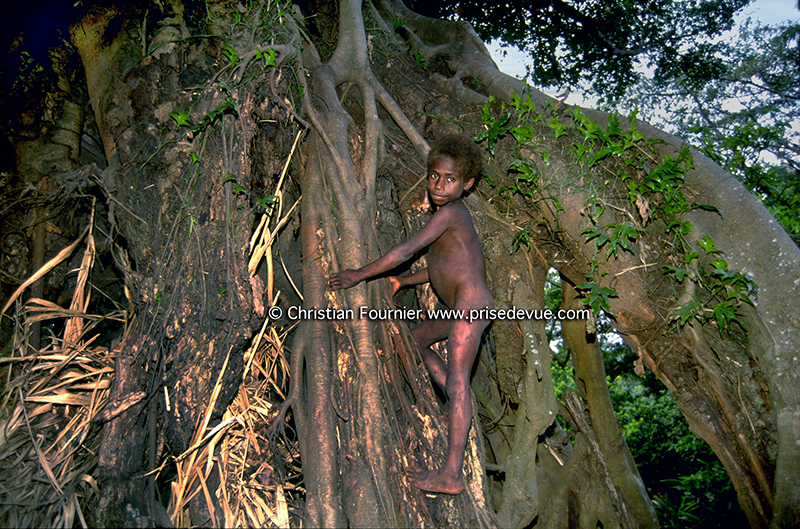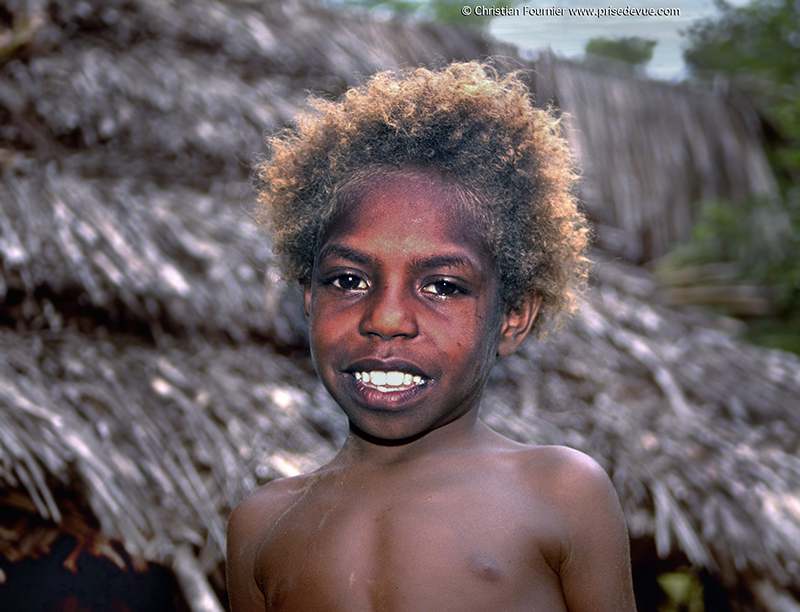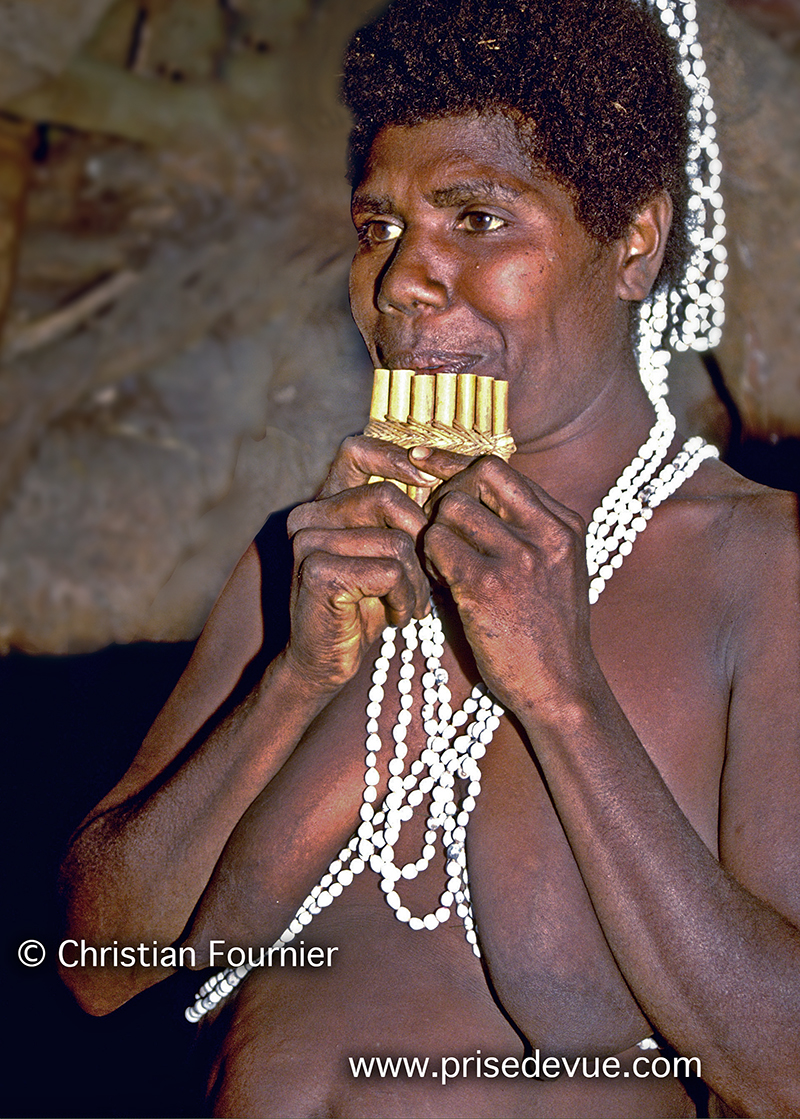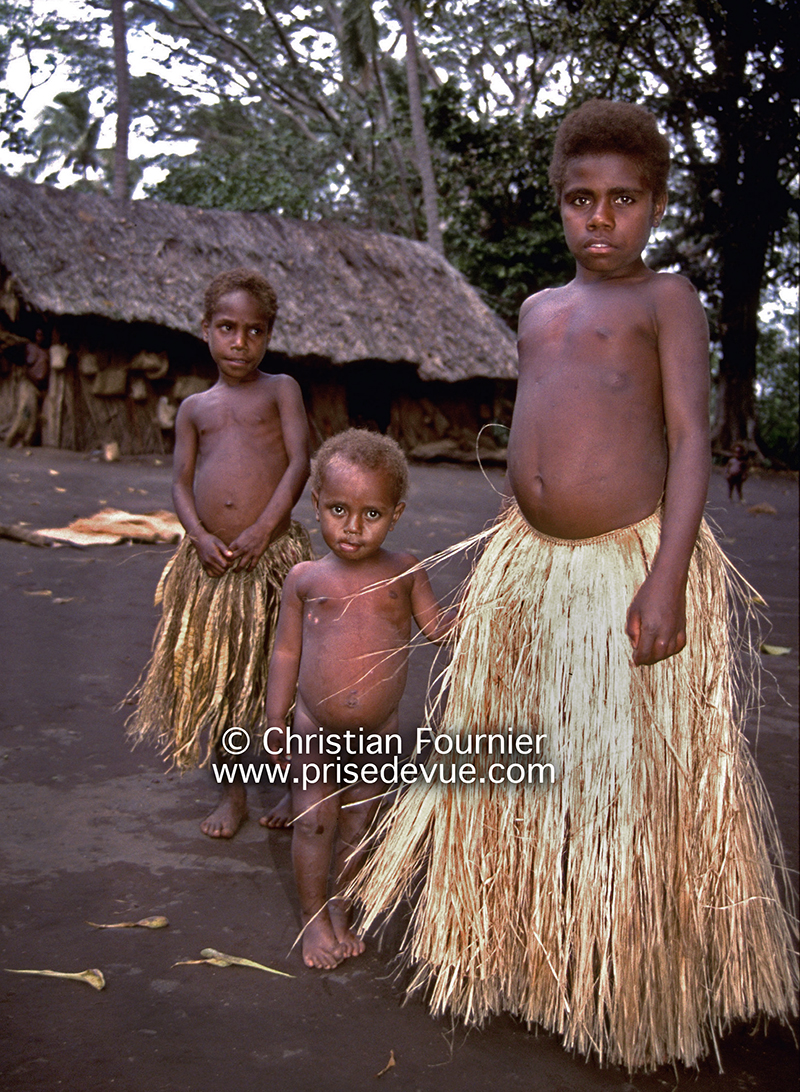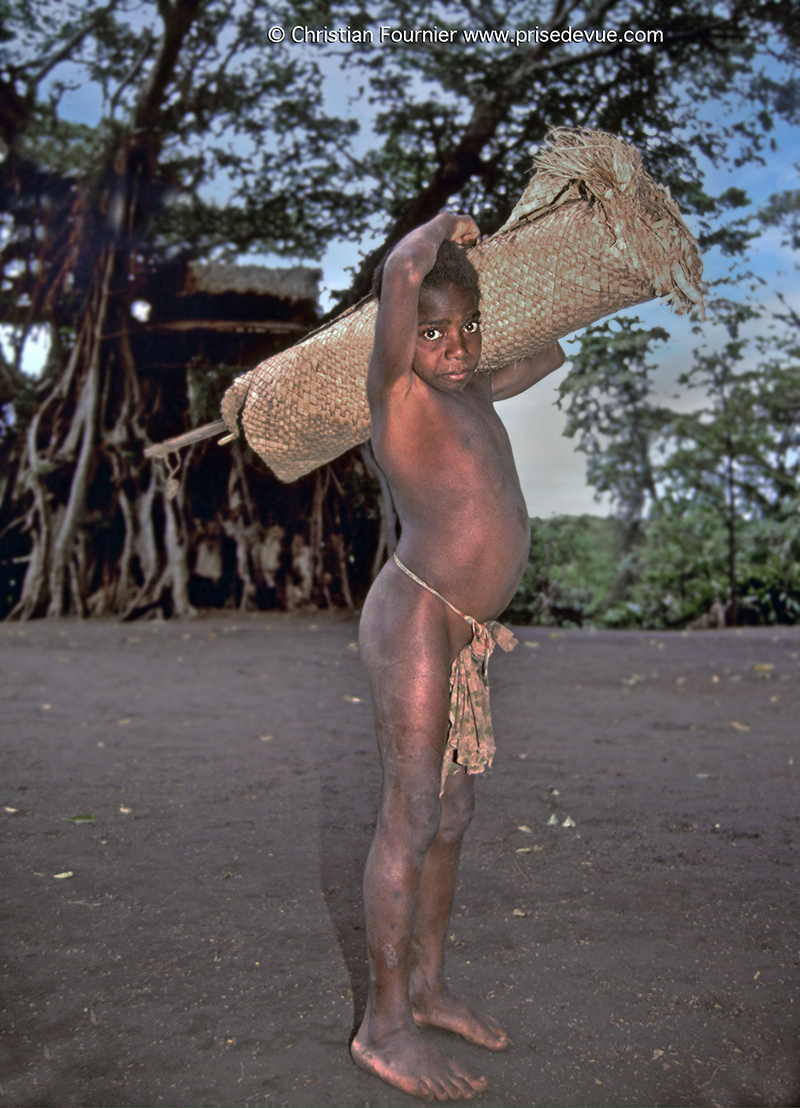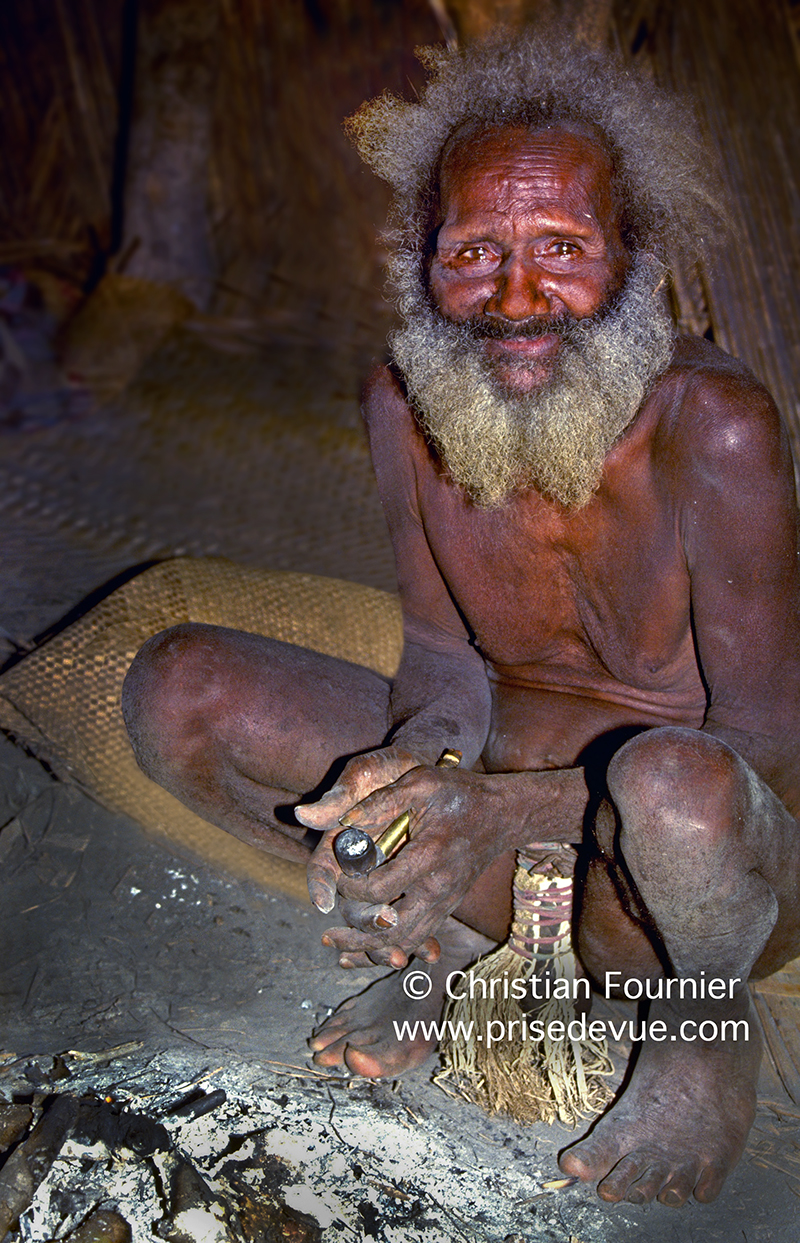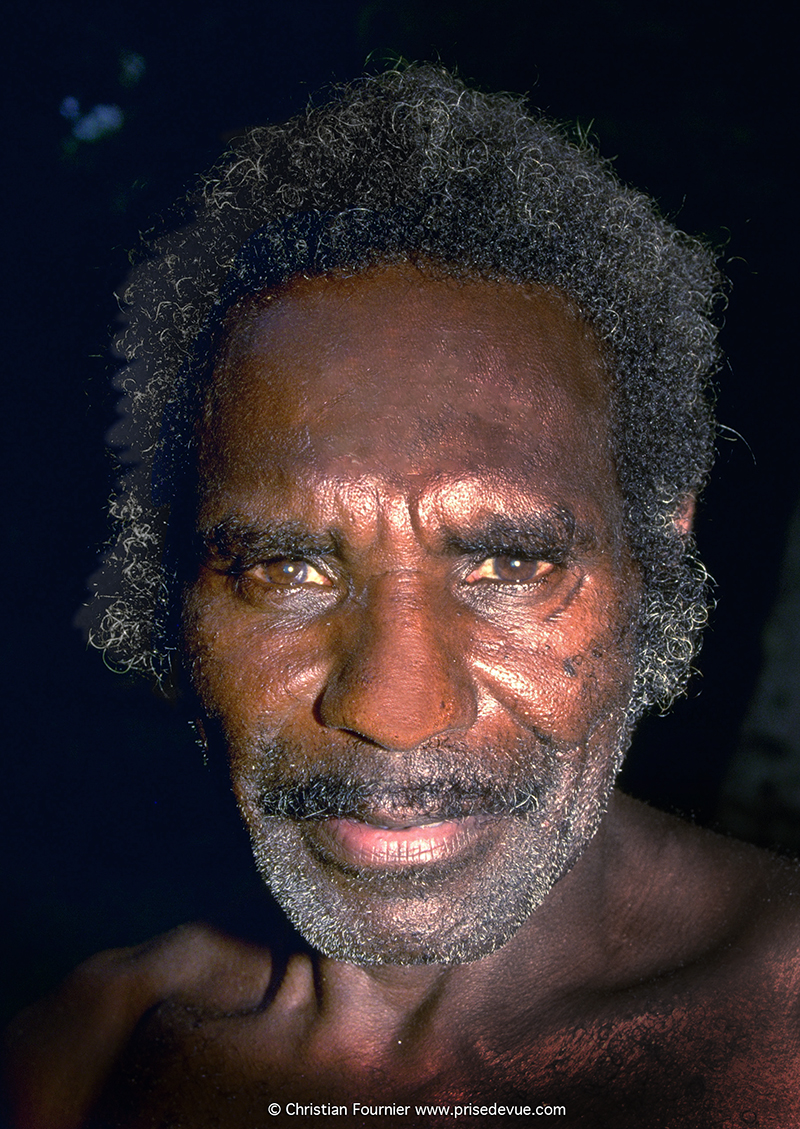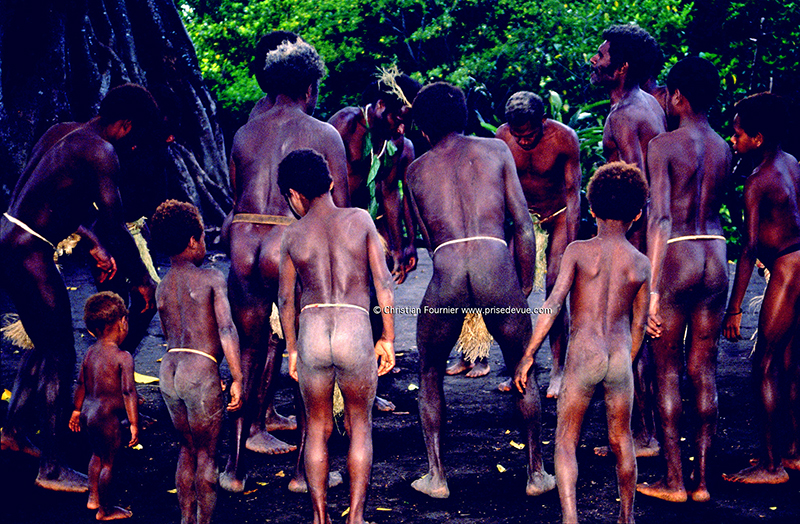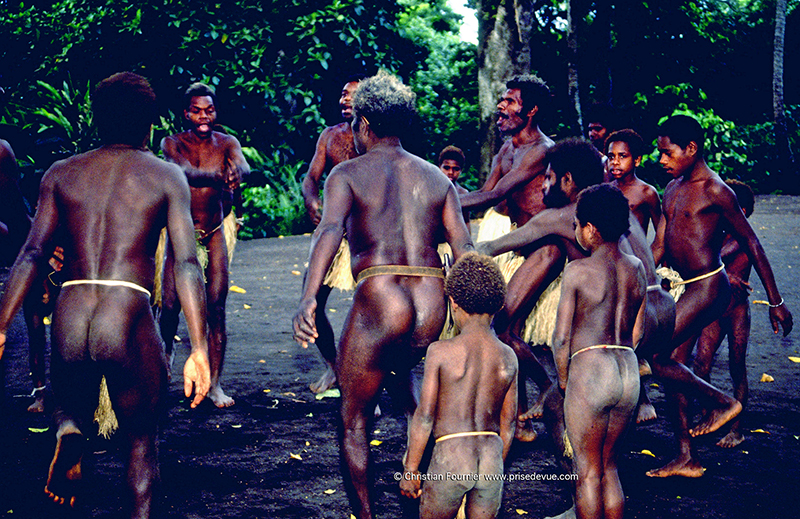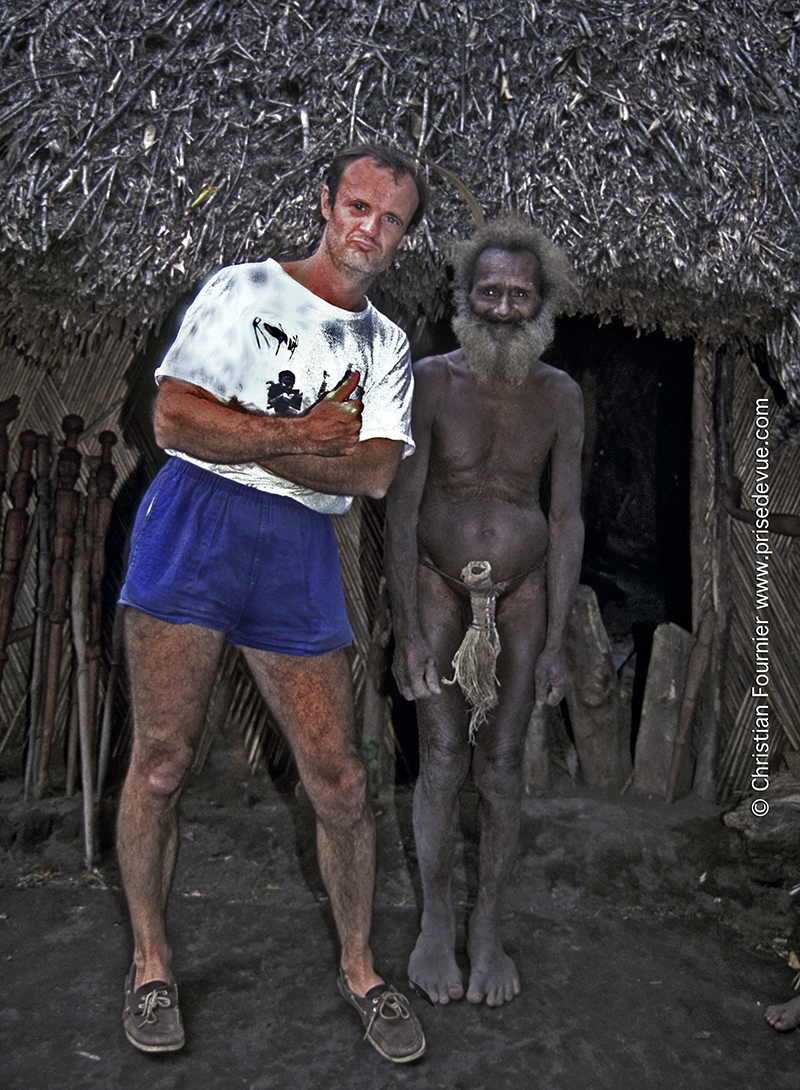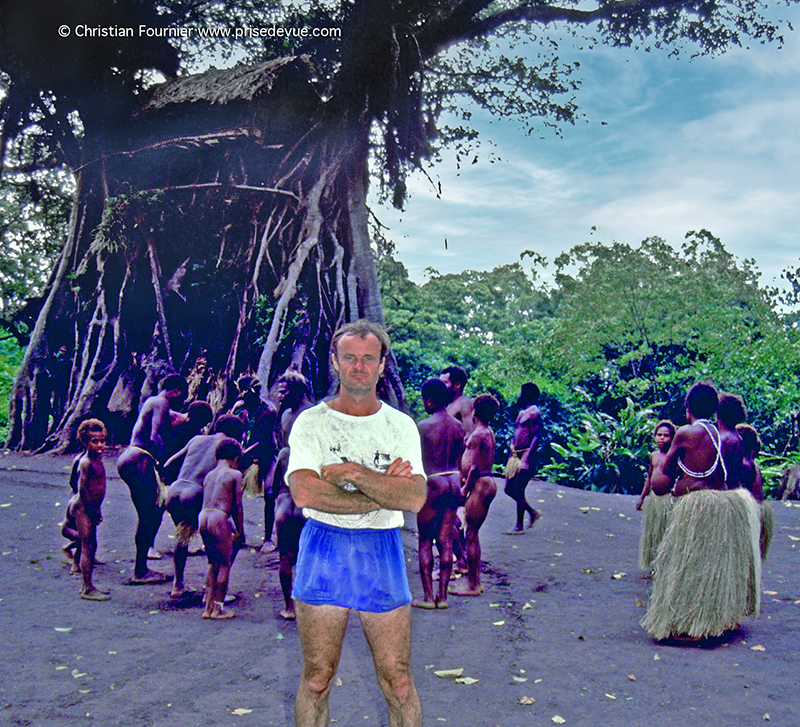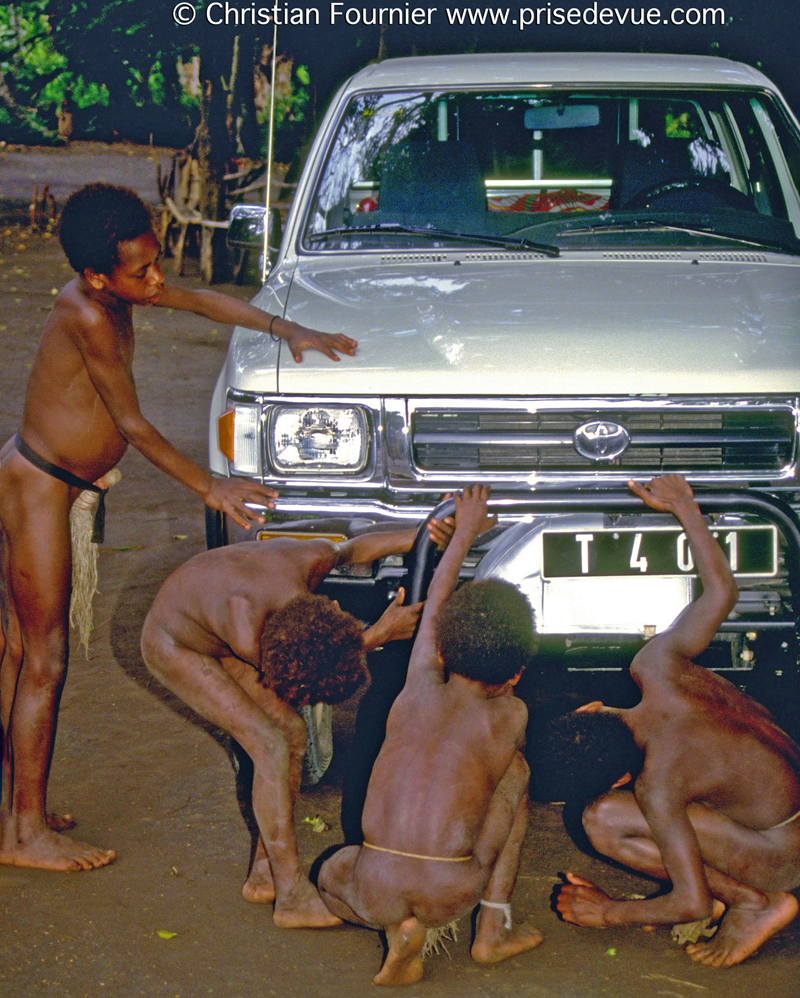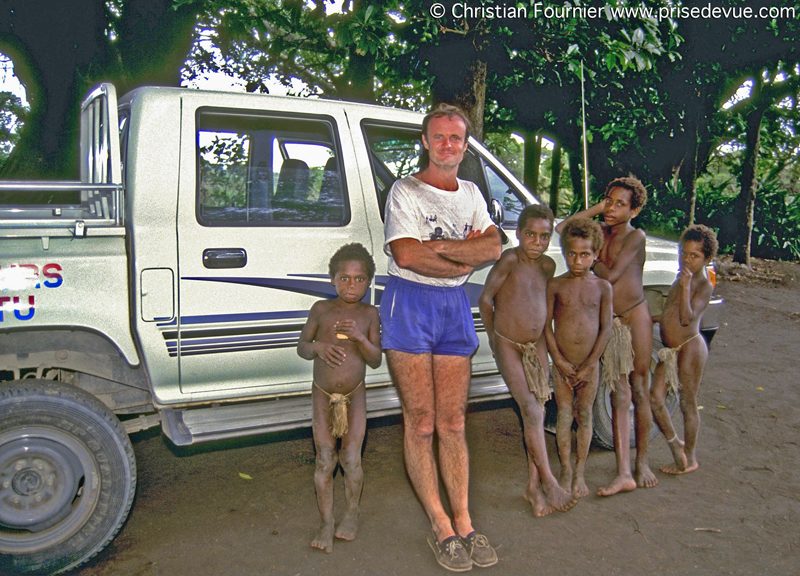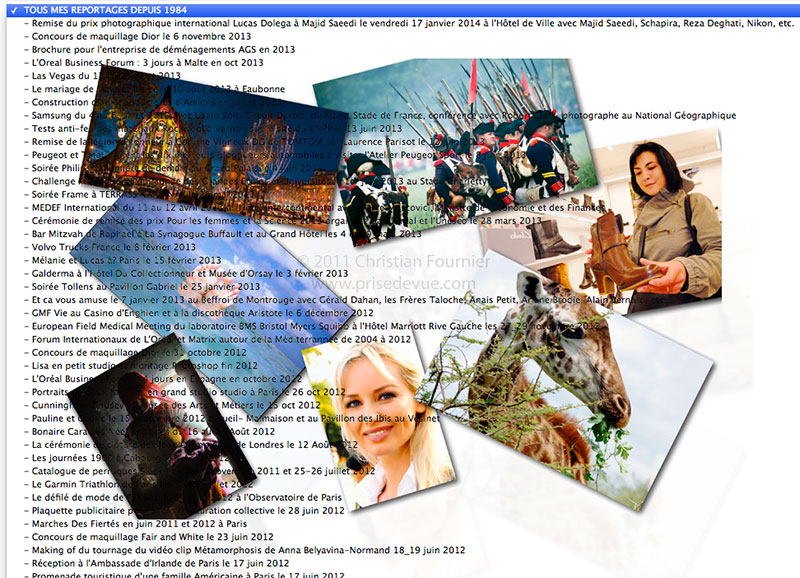|
|||
Page 38 :
|
|||
I take this opportunity to also do a report on the island of Tanna in Vanuatu with the YAKEL TRIBE, who live in the forest, stripped of all material possessions. |
|||
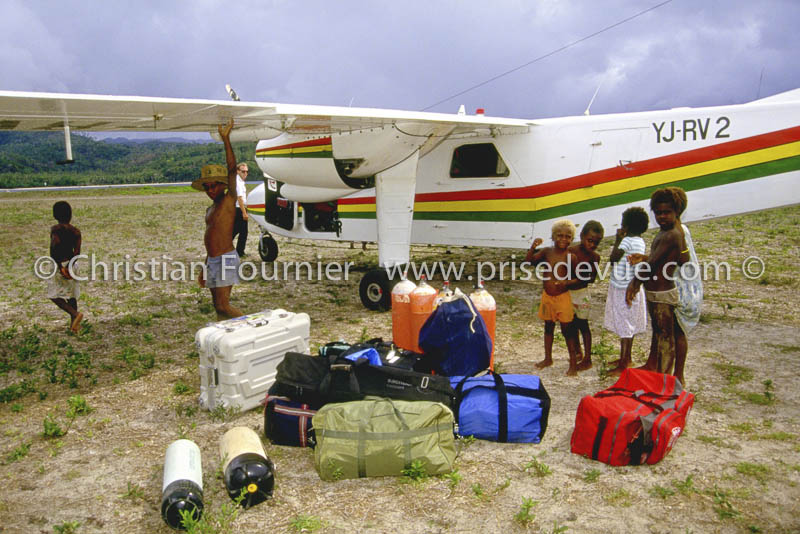 |
|||
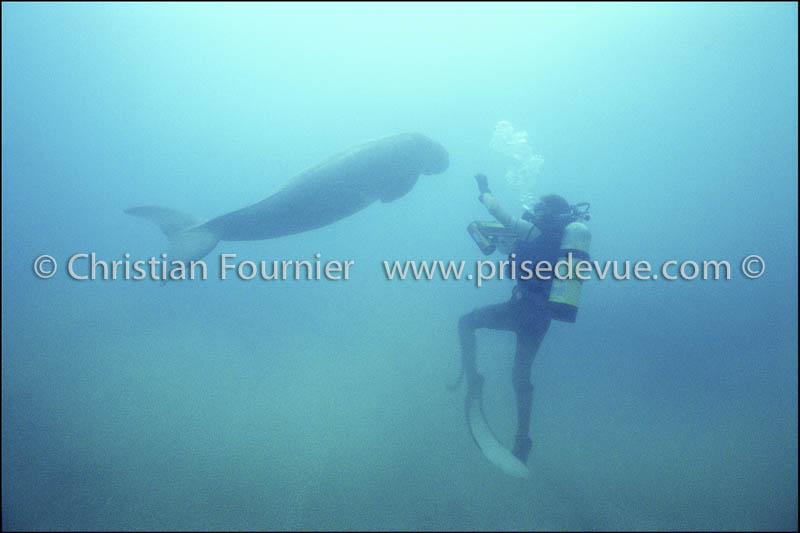 |
|||
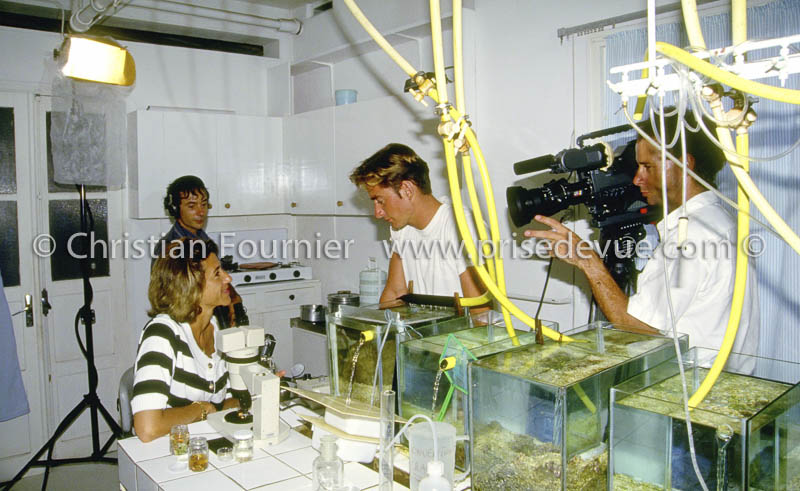 |
|||
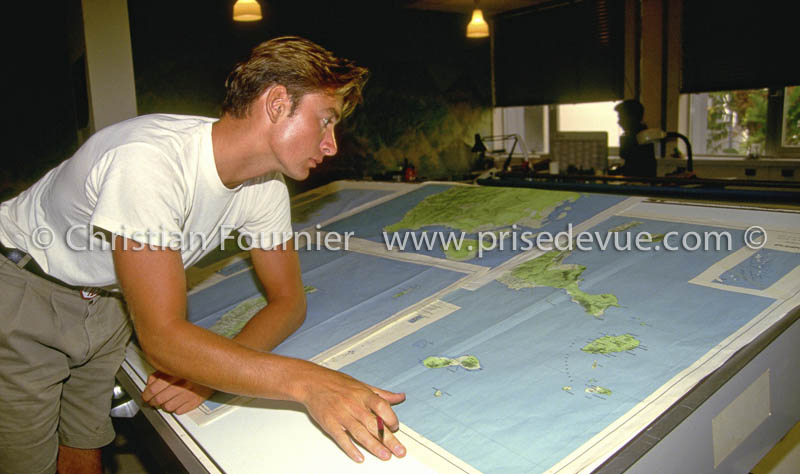 |
|||
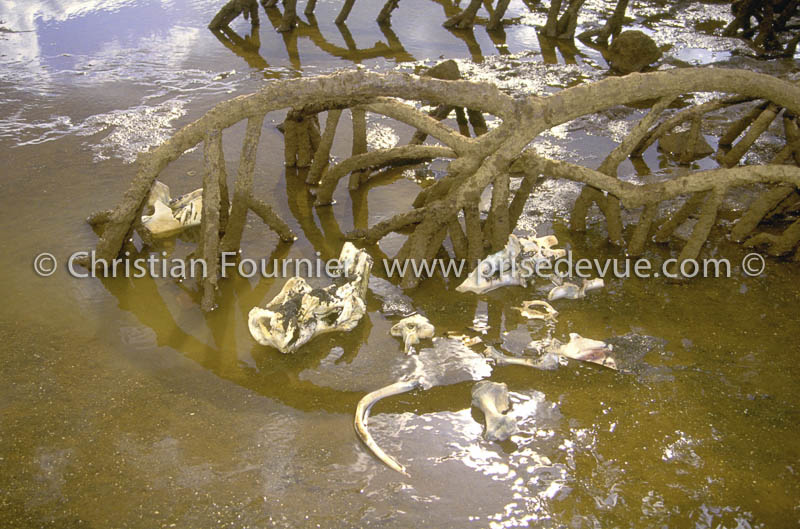 |
|||
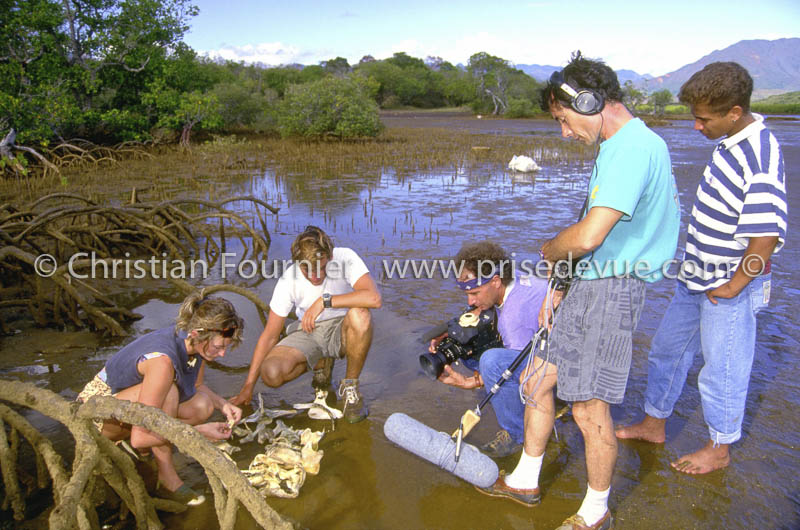 |
|||
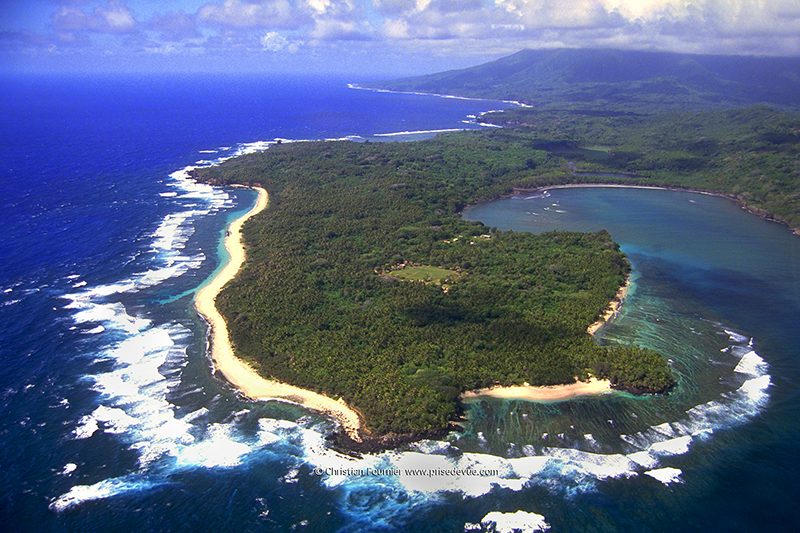 |
|||
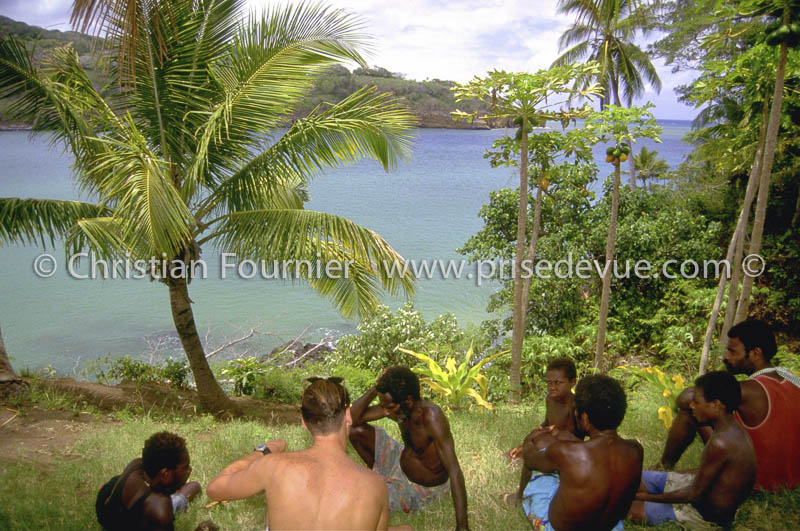 |
|||
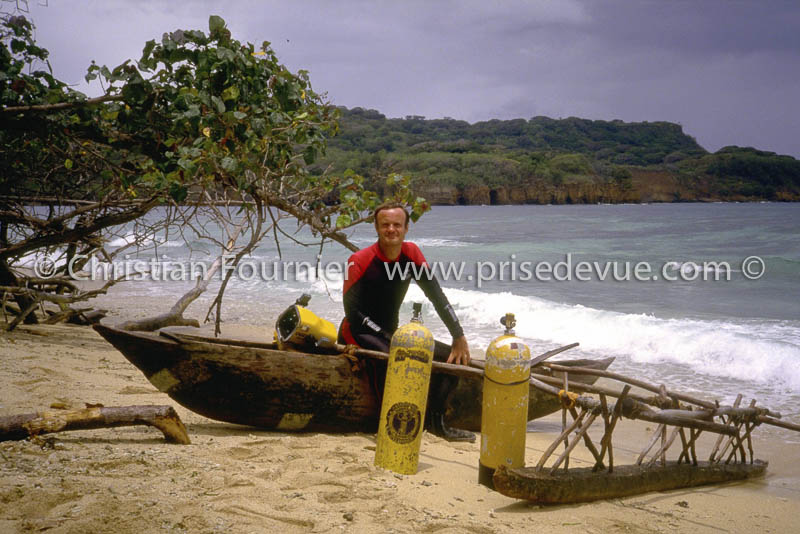 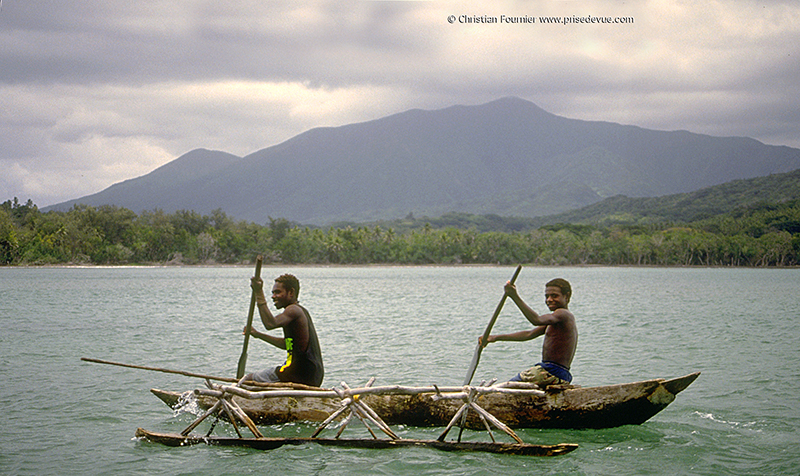 |
|||
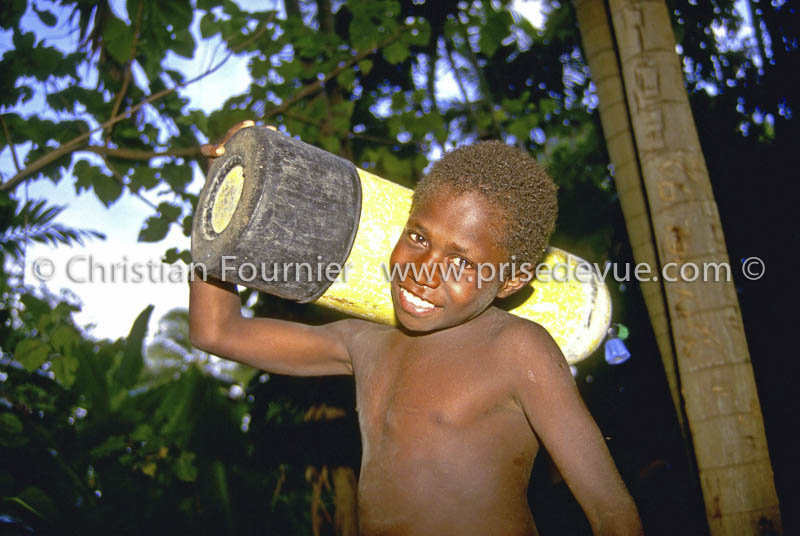 |
|||
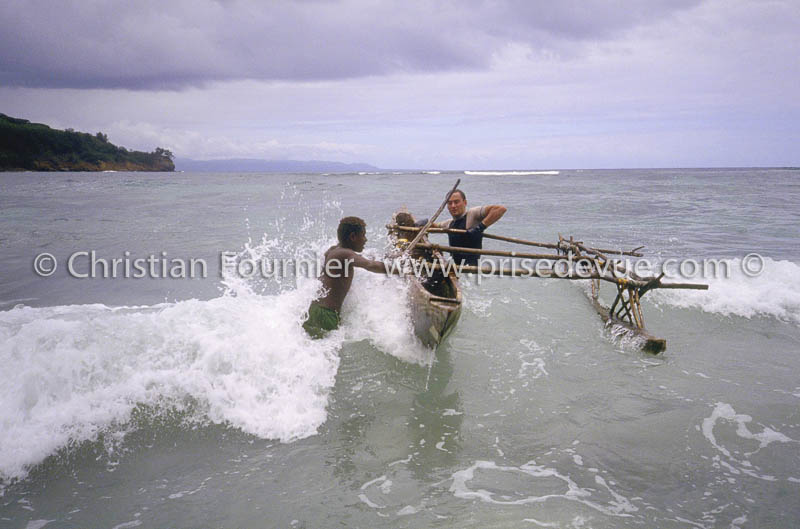 |
|||
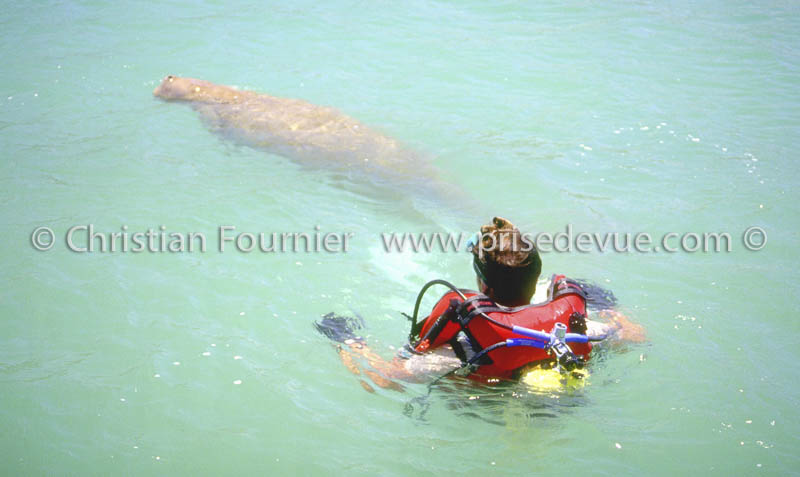 |
|||
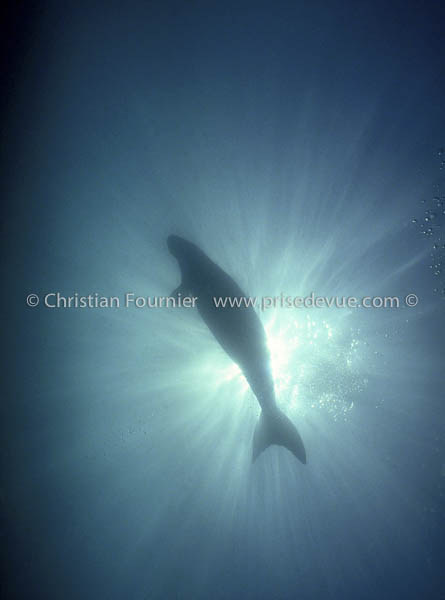 |
|||
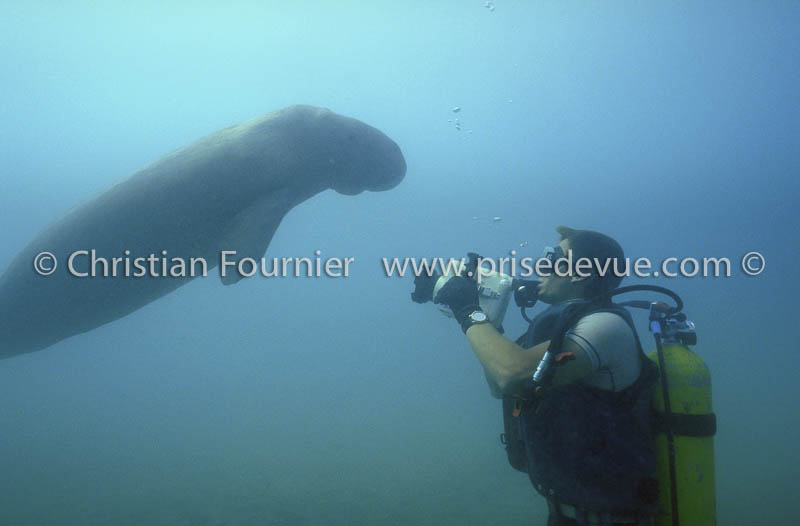 |
|||
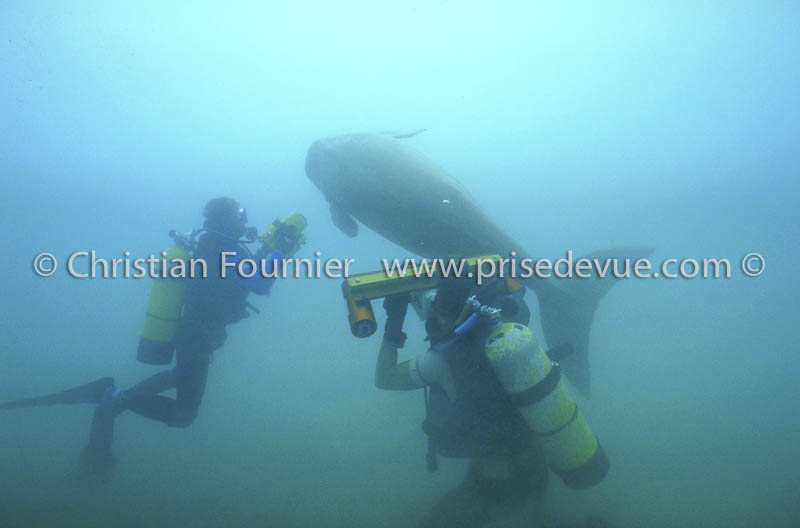 |
|||
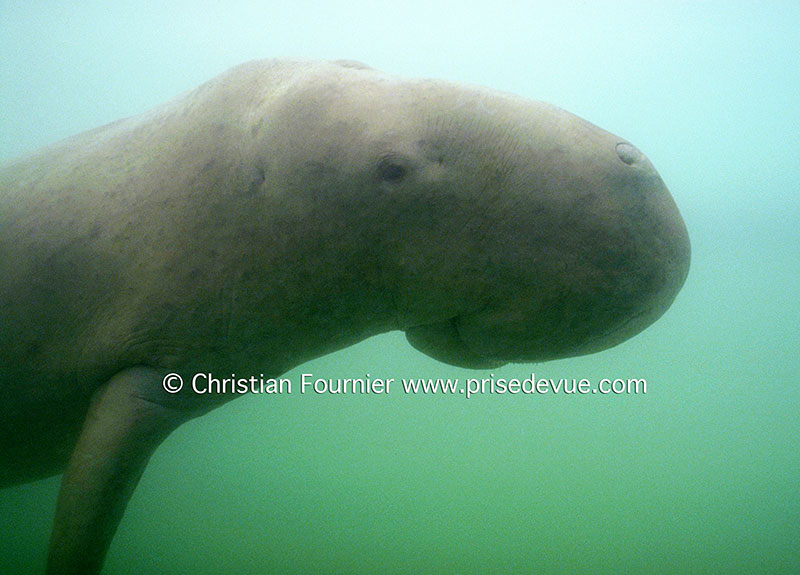 |
|||
 |
|||
 |
|||
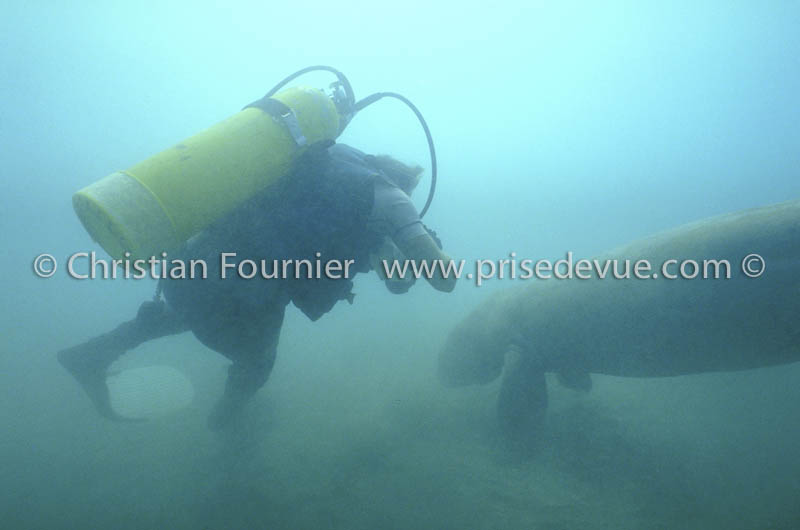 |
|||
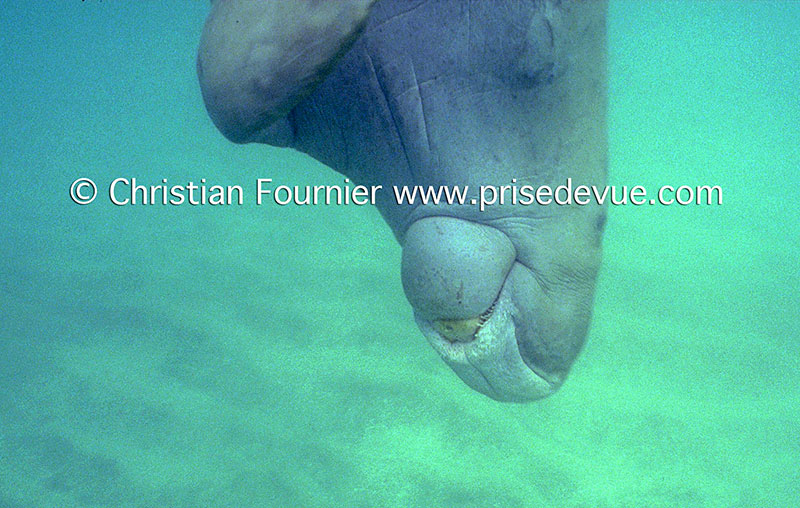 |
|||
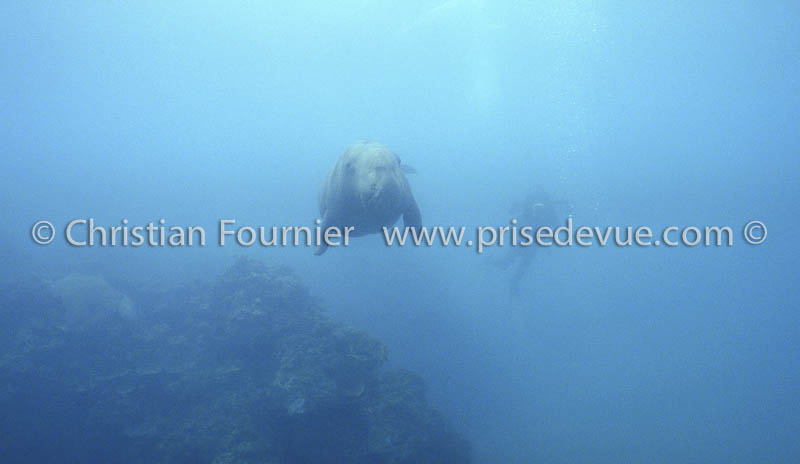 |
|||
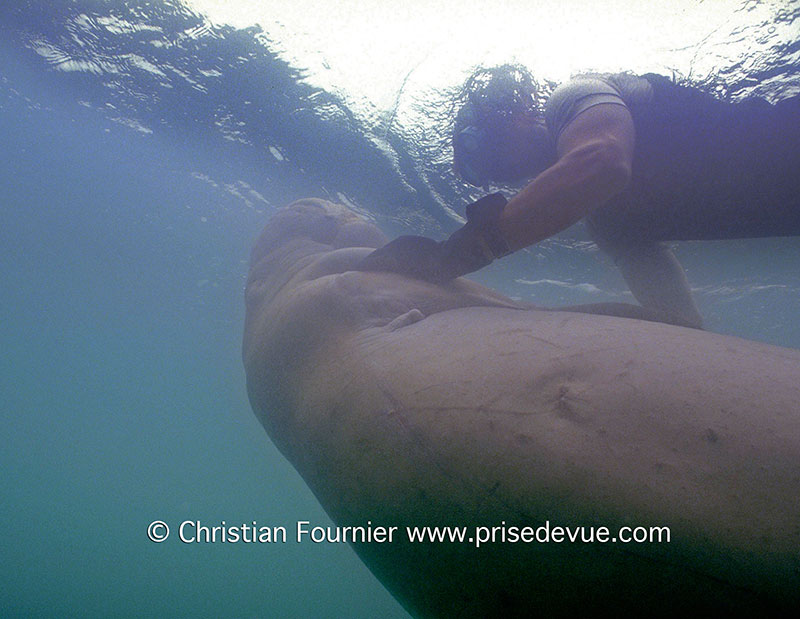 |
|||
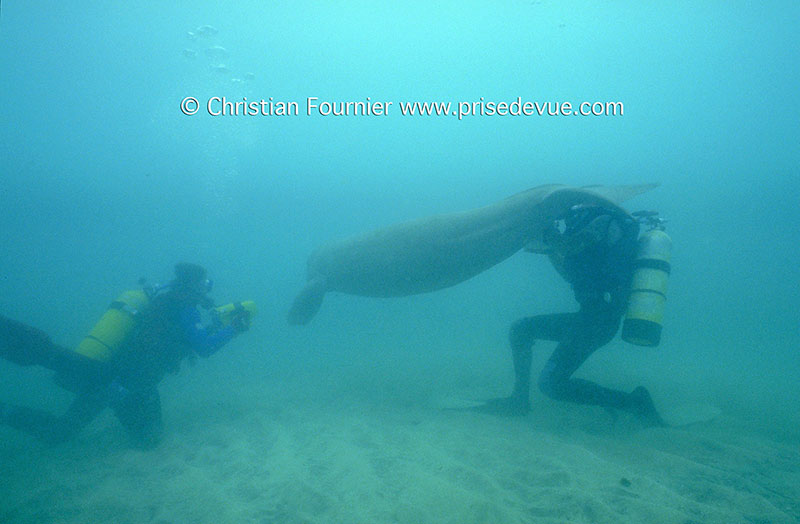 |
|||
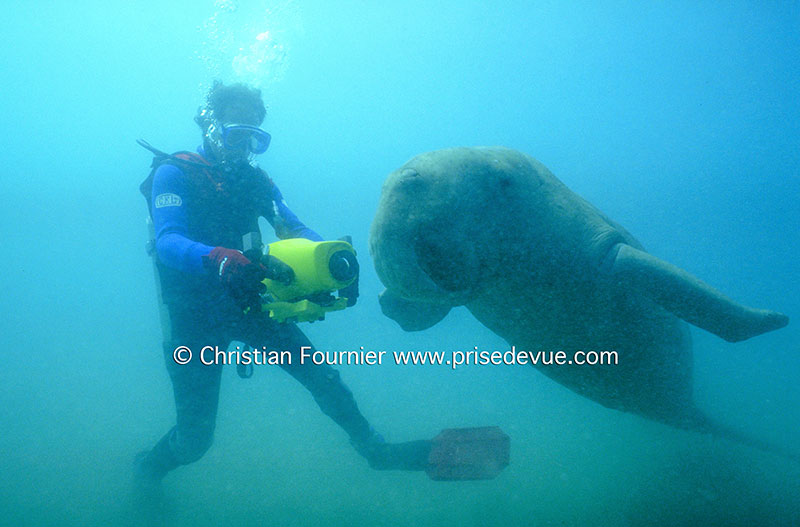 |
|||
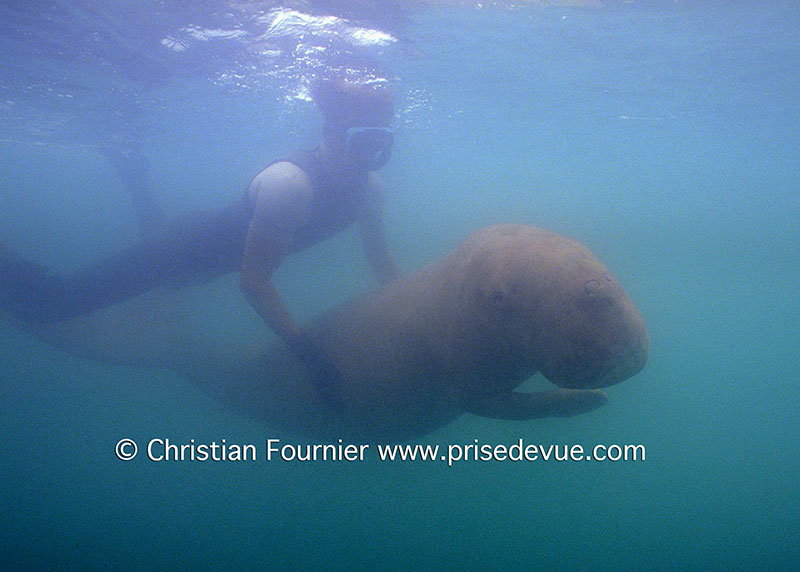 |
|||
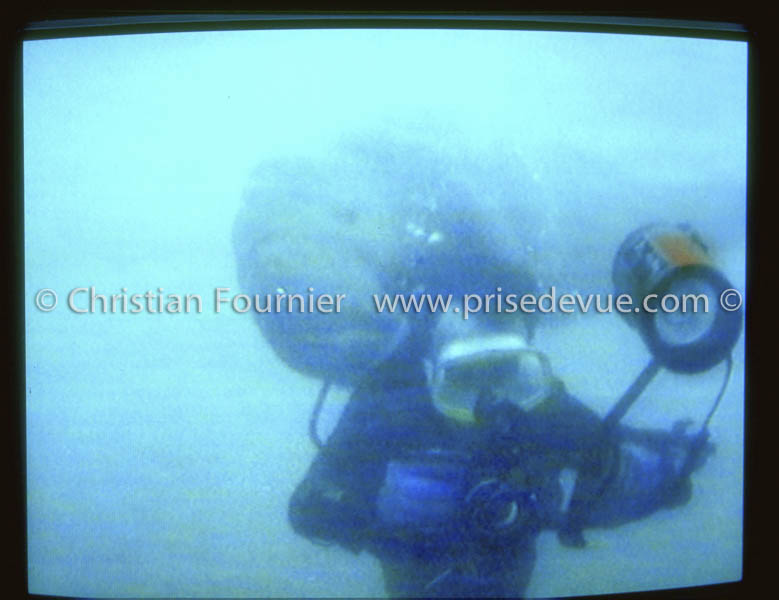 |
|||
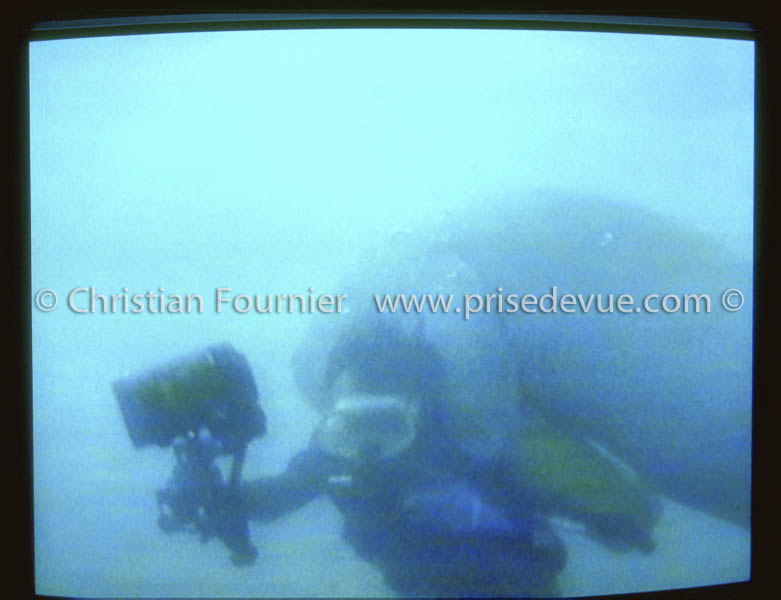 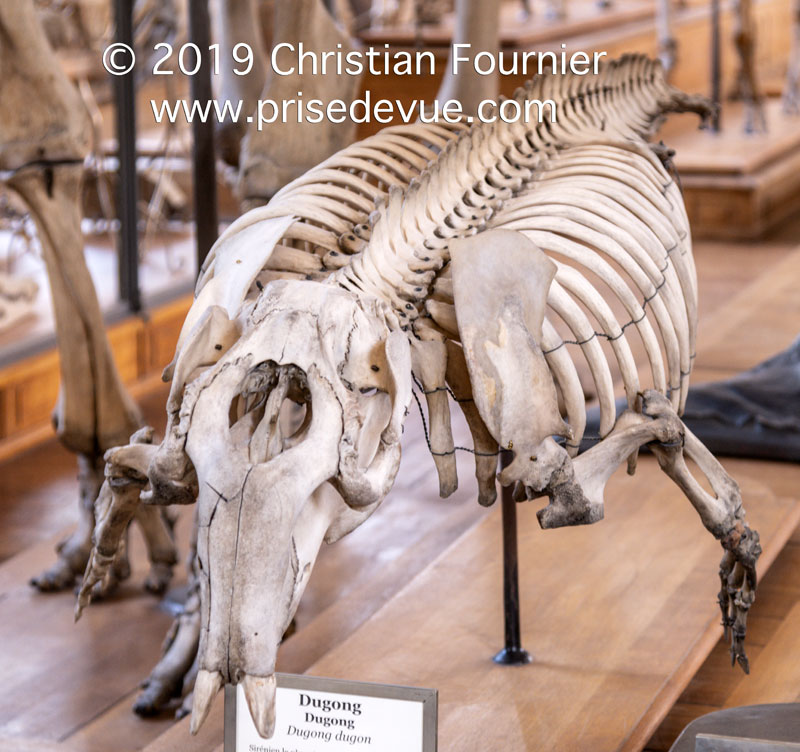 Un squelette de dugong le 06 juillet 2019 à la Galerie de Paléontologie et d'Anatomie comparée. |
|||
|
The video of me being attacked by the dugong. Please note I never let go of my camera! Thank you to Claude Michaud, RFO cameraman for this video. |
|||
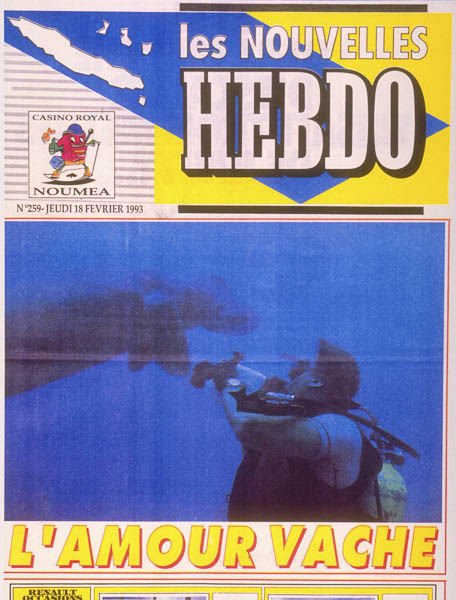 |
|||
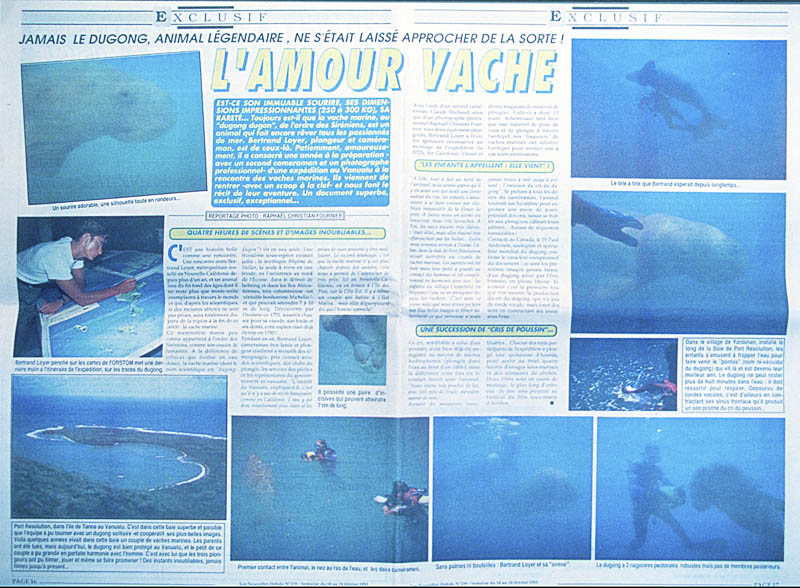 |
|||
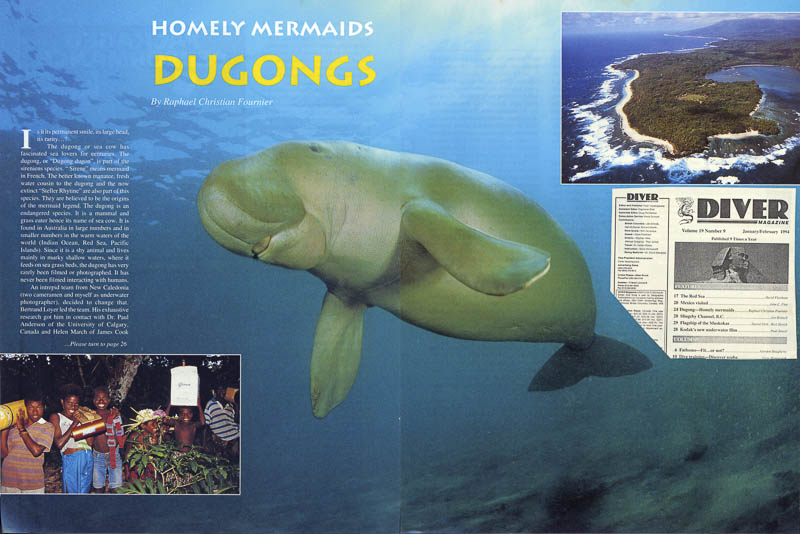 |
|||
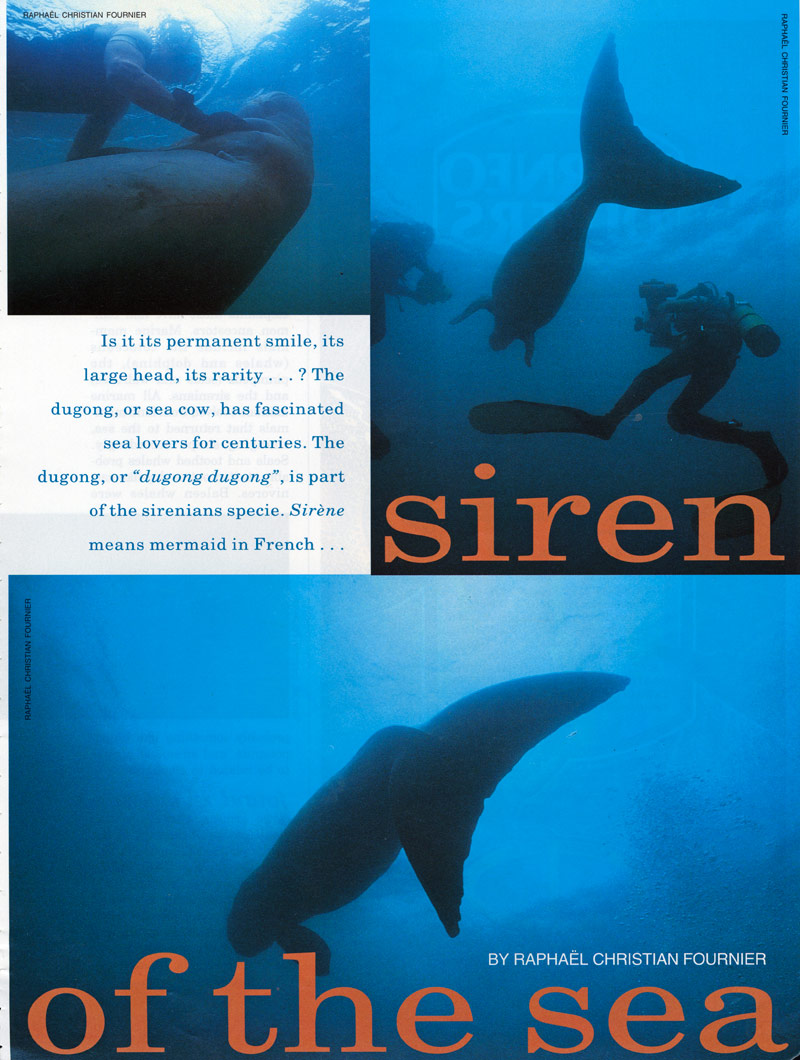 |
|||
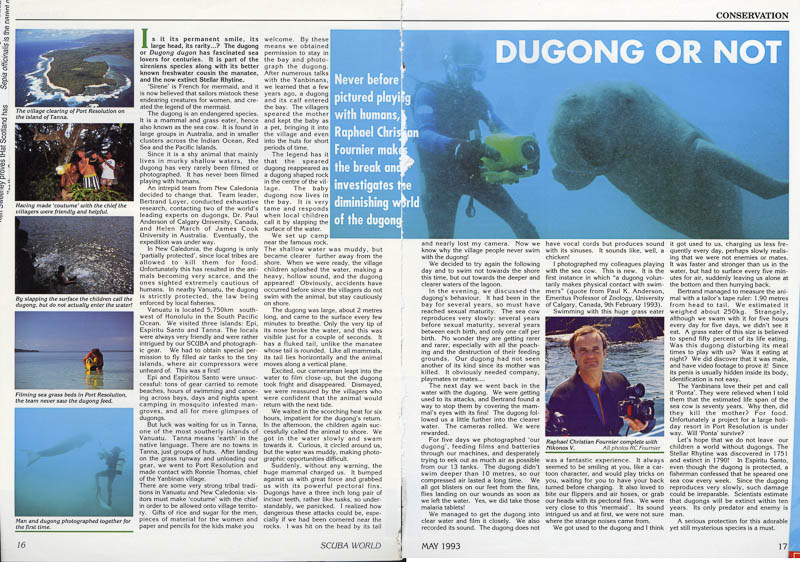 |
|||
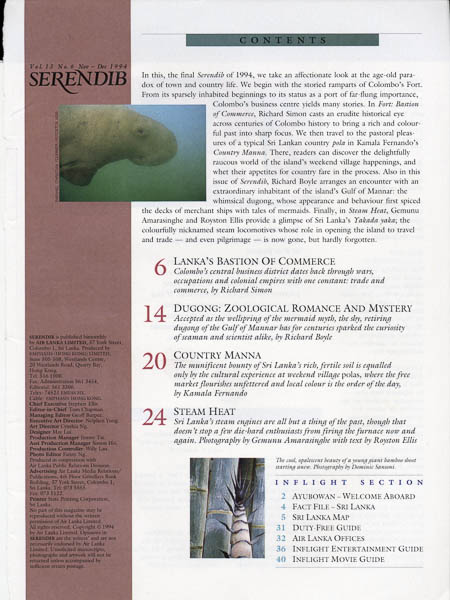 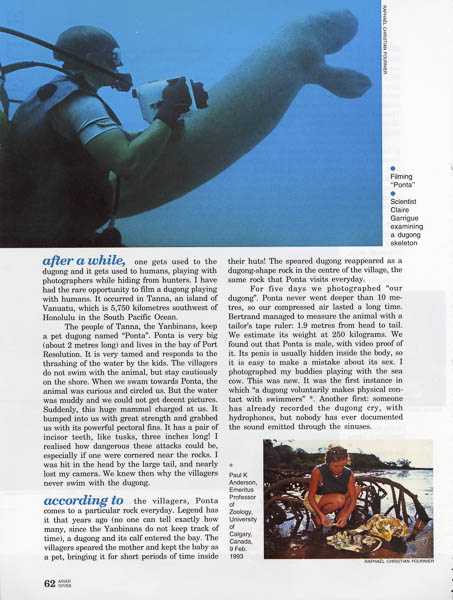 |
|||
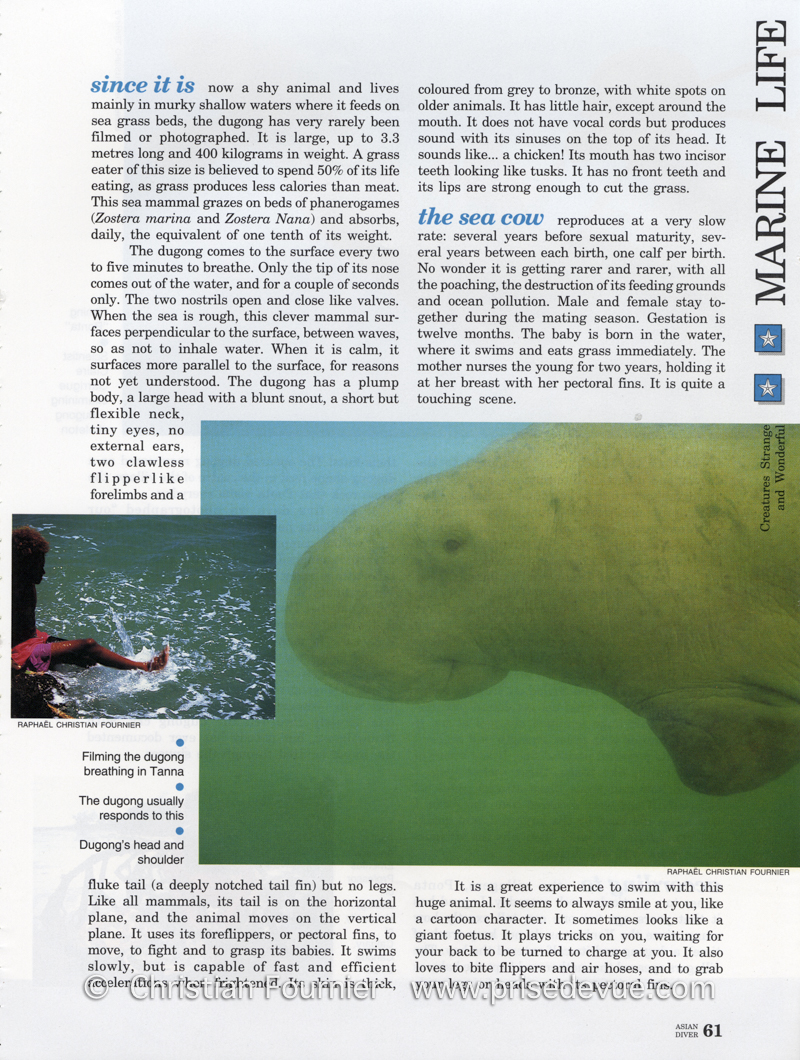 |
|||
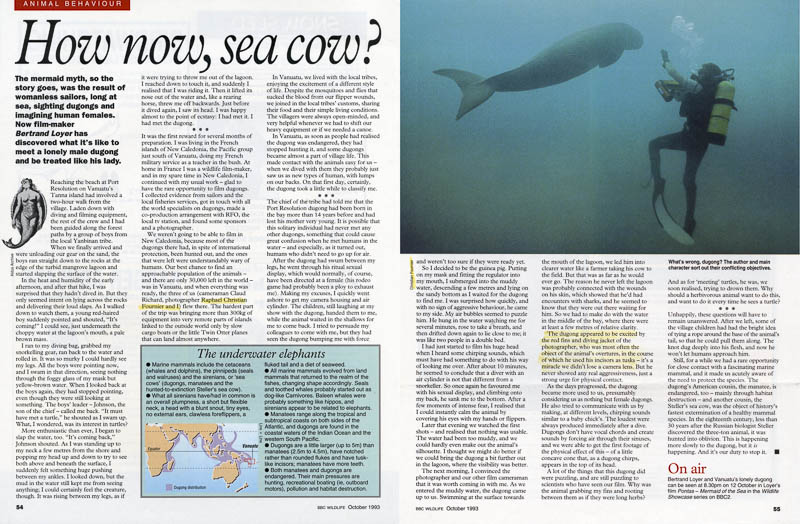 |
|||
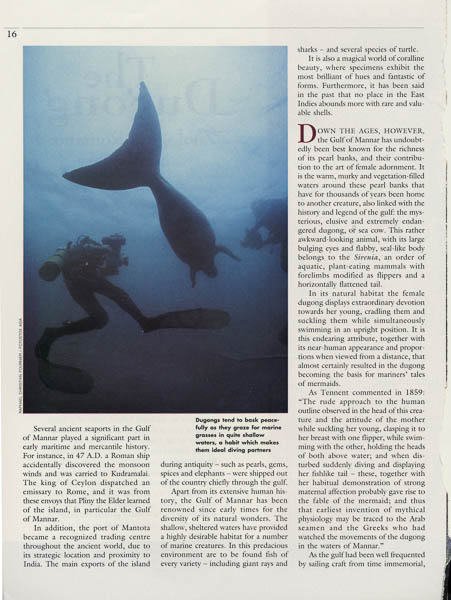 |
|||
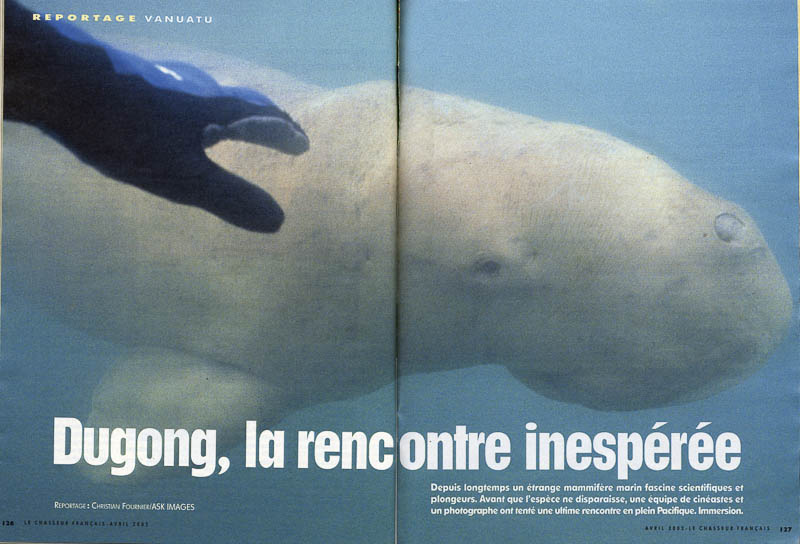 |
|||
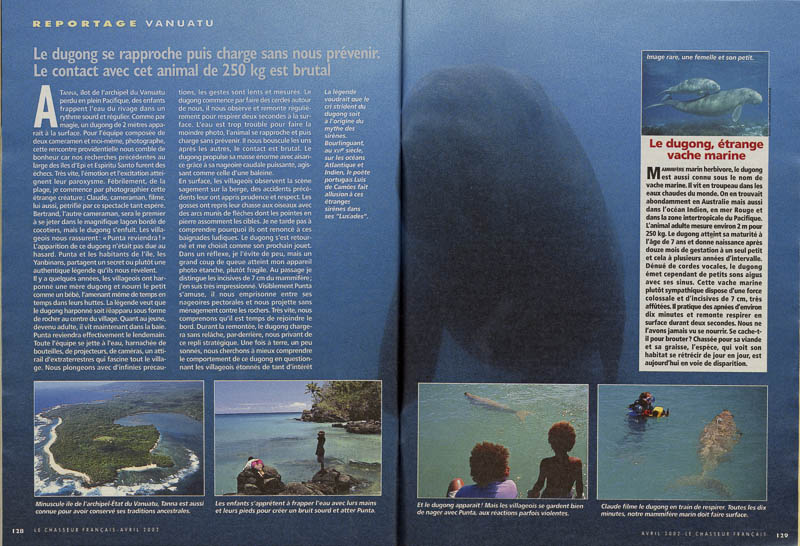 |
|||
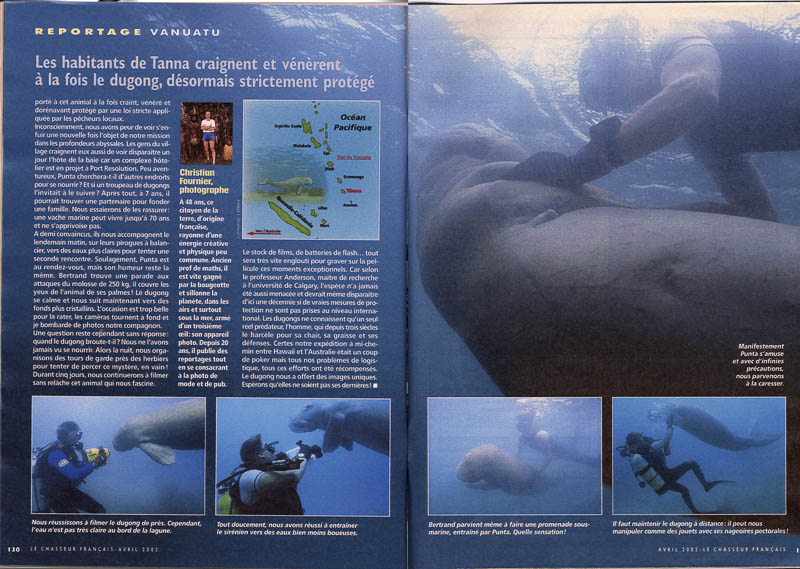 |
|||
| Text and Photos : Christian Fournier; Is it its permanent smile, its large head, its rarity…..? The dugong or sea cow has fascinated sea lovers for centuries. The dugong, or "dugong dugon", is part of the sireniens specie. "Sirène" means mermaid in French. The better known manatee, fresh water cousin to the dugong and the now extinct "Steller Rhytine" are also part of this specie. They are believed to be the origins of the mermaid legend. The dugong is an endangered specie. It is a mammal and grass eater, therefore its name of sea cow. It is found in Australia in large groups and in small groups in the warm waters of the world (Indian Ocean, Red Sea, Pacific Islands). Since it is a shy animal and lives mainly in murky shallow waters, where it feeds on sea grass beds, the dugong has very rarely been filmed or photographed. It has never been filmed playing with humans. An intrepid team from New Caledonia (two cameramen and myself, underwater photographer), decided to change that. Bertrand Loyer led the team. His exhaustive research got him in contact with Dr. Paul Anderson of the University of Calgary, Canada and Helen March of James Cook University in Australia, the world’s leading dugong experts. Thanks to a few sponsors, like airlines : "Vanair" and "Aircaledonie International" and the New Caledonia local French TV : RFO, the expedition was under way. In New Caledonia, the dugong is only "partially protected", since local tribes are allowed to kill them for food. Its red meat is apparently excellent. So the animals are scarce and very cautious. In nearby Vanuatu, the dugong is protected, the law is strict and enforced by the local fisheries. Thanks to Pascale Joannot, marine biologist and director of the Nouméa aquarium and Claire Garrigue, scientist for "ORSTOM" and responsible for the Nouméa program "lagoon", we heard many reports of dugong sightings by air pilots and fishermen in some of the eighty islands of Vanuatu. We all know that the dugong has very good senses of smell and hearing, making it very difficult to approach. Vanuatu is located 5,750 km (3572 miles) southwest of Honolulu in the South Pacific Ocean about three-quarters of the way between Hawaii and Australia. Formerly New Hebrides, Vanuatu got its independence from France and UK in 1980. We visited three islands : Epi, Espiritou Santo and Tanna. The locals were always very friendly and rather intrigued by our scuba and photographic gear. Language was not a problem, since theirs is Bislama, a mixture of French and English. We got special permission to fly filled air tanks to the tiny islands, where air compressors were unheard of. This was a first ! Epi and Espiritou Santo were unsuccessful : tons of gear carried to remote beaches, hours of swimming and canoeing across bays, nights and days, camping in mosquito infested mangroves, for only glimpses of dugongs. But luck was waiting for us in Tanna, one of the most southerly islands of Vanuatu. Tanna means "the earth" in native language. It was discovered in 1774 by James Cook. There are no towns in Tanna, just groups of huts. After landing on the grass runway and unloading our gear, we went to Port Resolution and made contact with Ronnie Thomas, chief of the Yanbinan village. There are some very strong tribal traditions in Vanuatu and in New Caledonia : visitors must make "coutume" with the chief, in order to be allowed on the village territory. Gifts of rice and sugar for the men, pieces of material for the women and paper and pencils for the kids make you welcome. So we obtained permission to stay in the bay and photograph the dugong. The dugong ! After numerous talks with the Yanbinans, we learned that a few years ago (no one could tell us exactly how many years, since they do not keep track of time), a dugong and its calf entered the bay. The villagers speared the mother and kept the baby as a pet, bringing it for short periods of time inside their huts ! The legend has it that the speared dugong reappeared as a dugong shaped rock in the center of the village. The baby dugong grew very big and now lives in the bay. It is very tamed and responds to the thrashing of the water by the kids. It comes to the very same rock every day, except when it is busy playing with turtles at the other end of Port Resolution. So we set up camp and scuba and filming base near the famous rock. The area is beautiful. The water by the shore is muddy, but further away it is much clearer. We discovered this, thanks to the dugout canoe, made from breadfruit trees, that the friendly locals lent us. The village kids splashed the water, making a heavy, hollow sound. And the dugong appeared ! The villagers do not swim with the animal, they all stay cautiously on the shore. Obviously, accidents have occurred before. The dugong is large, about 2 meter (6 foot) long. It comes to the surface every few minutes to breathe. Only the very tip of its nose comes out of the water, and for a very brief time, a couple of seconds only. It has a fluked tail, contrariwise to the manatee, whose tail is one part and rounded. Like all mammals, its tail is in the horizontal plane and the animal moves in the vertical plane. The dugong has no legs. I take surface photographs of the sea cow, and Claude Michaud, videographer for the New Caledonia French TV films it. Bertrand jumps in the water with his video camera. The dugong gets scared and disappears. We are reassured by the villagers who comfort us, saying that it will probably come back at the next tide, six hours later. So we wait in the scorching heat. There is no shade on the beach. I photograph the kids killing birds, with a bow and heavy tip arrows. In the afternoon, the kids call the dugong again and it shows up. We slowly get in the water and swim towards it. Curious, the animal circles around us. But the water is muddy and we cannot get decent pictures. Suddenly, this huge mammal charges us. It bumps into us with great strength and grabs us with its powerful pectoral fins. It has a pair of incisive teeth, like tusks, three inches long. So it is rather scary. I realize how dangerous these attacks could be, specially if we were cornered near the rocks. I get hit in the head by the large tail and nearly loose my camera. Now we know why the village people never swim with the dugong. While we swim back to the shore, the dugong follows us and charges us every now and then, mainly in our backs. Shaken, but determined to get some good pictures, we decide to try again the following day and to swim this time, not towards the shore, but towards the deeper and clearer waters of the lagoon. In the evening, we discuss among us the dugong behavior. This dugong has been in this bay for several years. It must have reached sexual maturity, which, according to our scientific data, is just about right. The sea cow reproduces very slowly : several years before sexual maturity, several years between each birth, one calf per birth. No wonder that it is getting rarer and rarer, with all the poaching and the destruction of it feeding grounds. Our dugong has never seen any other dugong since its mother was killed. It obviously needs company, playmates or mates…. The next day, we are back in the water with the dugong. We are getting used to its attacks and Bertrand finds a way to stop him by covering the mammal’s eyes with his fins ! And the dugong followed us a little further into clearer water. The cameras rolled. We were rewarded. At night we took turns watching the shore where the sea grass beds were, hoping to get pictures of the dugong feeding. In vain. But the bay sure offered us lovely sights under the stars : bats flying and fighting, crabs everywhere, luminescence of the plankton in the water. For five days we photographed "our dugong", feeding films and batteries through our machines, using up as slowly as possible our 13 scuba tanks. The dugong never went deeper than 10 meters (thirty feet), so our compressed air lasted a long time. We obviously also snorkeled as much as possible. We all got blisters on our feet from the fins. And the flies would immediately land on our wounds, as soon as we left the water. Yes, we did take those malaria tablets ! We managed to get the dugong in clear water and film it closely. We recorded its sound underwater. The dugong does not have vocal cords but produces sound with its sinuses, on the top of its large head. Well, it sounds like……a chicken ! What a surprise, for such a large mammal. I photographed my colleagues playing with the sea cow. This is new. It is the first instance in which "a dugong voluntarily makes physical contact with swimmers", (quote from Paul K. Anderson, Emeritus Professor of Zoology, University of Calgary, Canada, 9th Feb. 1993). Another first : someone has already recorded the dugong cry, with hydrophones, but never filmed the actual emission of the sound through the sinuses. Apart from being the first ones, it is also a great experience to swim with this huge grass eater. It seems to always smile at you, like a cartoon character, sometimes look like a giant foetus, and plays tricks with you, waiting for you to have your back turned to charge you. It also loved to bite our flippers and our air hoses, and also to grab our legs or heads with its pectoral fins. We were very close to this "mermaid", with no other fish, no other distraction in the water. Its sound was very clear and intrigued us. At first, we were not sure of what it was. We got used to the dugong and I think it got used to us, charging us less often every day, perhaps slowing realizing that we were not enemies or mates. It was faster and stronger than us in the water, but had to surface every five minutes for air, suddenly leaving us alone at the bottom and coming immediately back to us. Bertrand managed to measure the animal with a tailor’s tape ruler : 1,90 m (6.2 feet) from head to tail. We estimate its weight at 250 KG (500 pounds). We swam with it for five hours every day for five days and never saw it eat. A grass eater of this size is believed to spend fifty per cent of its life eating. Grass produces less calories than meat. Was this dugong disturbing its meal times to play with us ? Was it eating at night ? We have never found out its nocturnal habits. We saw the trenches on the sea grass beds that it leaves behind after each feeding dive, between two surfacing for air. What we did also find out was that it was male, with video proof of it. Its penis is usually hidden inside its body, so the mistake is easy. The village people were wrong to call it a "she". The Yanbinans love their pet. They call it "ponta". They were relieved to hear from me that the estimated life span of the sea cow is seventy years. Why did they kill the mother, then ? The exploit and the food, obviously. They are pleased to hear also that a tamed dugong is a rarity. A project for a large resort in Port Resolution by "Hotel Corail" is under way. Will "Ponta" survive ? On the last day we got so confident in handling the beast, that Bertrand decided to try a rodeo session. With just his mask and fins, he grab the cow which took him for a ride underwater towards its favorite habitat : cloudy water. We visited the nearby village of Yakel. These people have manages to avoid Western civilization. No "tee-shirts" or CoCa-Cola cans there. As we left Tanna, we flew above Port Resolution for a good aerial view and pictures of the bay, where such memorable encounter took place. Let’s hope that we do not leave to our children a world without dugongs. The "Stellar Rhytine", large (up to ten meters : thirty feet) cousin of the dugong, was discovered in 1751 and extinct in 1790 ! Harmless and slow, it was speared for its precious fat, meat and front teeth. In Espiritu Santo, even though the dugong is protected, a fisherman confessed to us that he speared one sea cow every week. Since the dugong reproduces very slowly, this is alarming. Scientists estimate that if nothing changes, there will be no dugongs left in ten years time. Its only predator and enemy is the worst one : man. A serious protection for this still mysterious and adorable specie is a must. |
|||
1993 : Reportage sur l'île de Tanna au Vanuatu chez la TRIBU YAKEL, qui vit dans la forêt, démunie de toutes possessions matérielles. |
|||
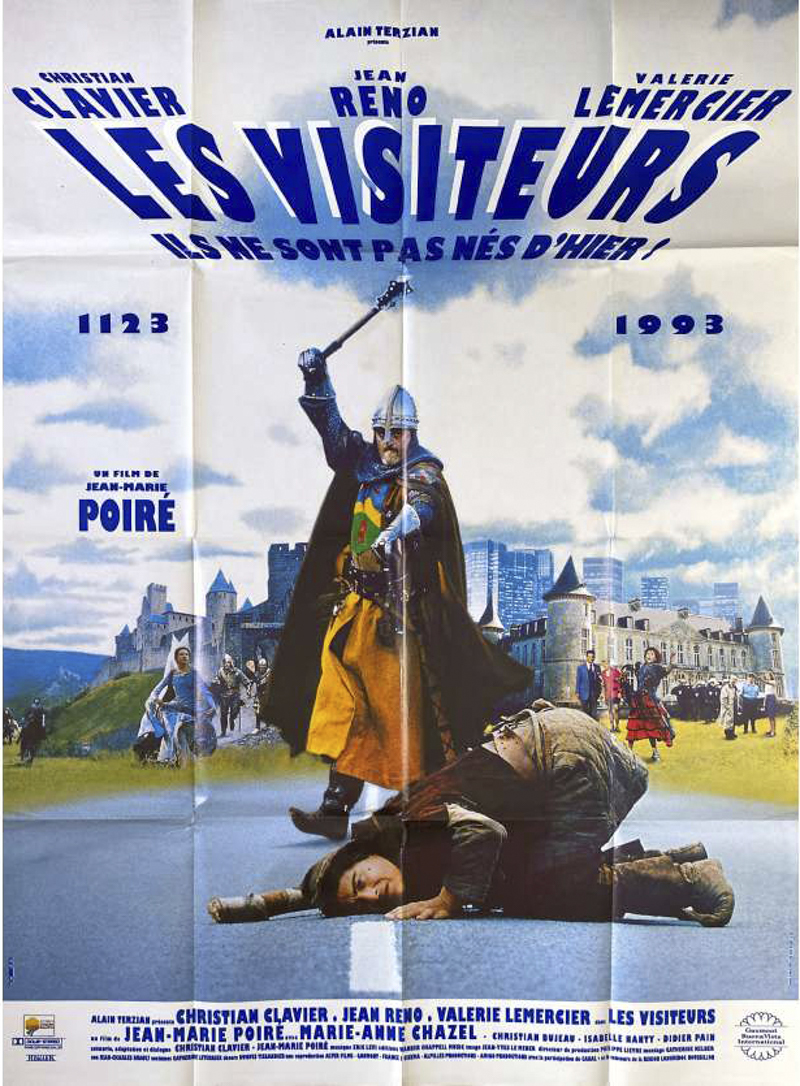 |
Conclusion 1: I must not be bad, so that all these people trust me. Conclusion 2: Thanks to all these varied clients (industry, wedding, corporate and personal portraits, press, events, objects, medical, culinary, diving, sports, pageants, etc. ..), I see extraordinary slices of life, confidential or public, trades and fabulous countries. I do feel very privileged. Real life, live. Thank you customers. In rough estimation, I take 5,000 photos a week. 5,000 x 52 = 260,000 a year. For 35 years = 9,100,000 photos. Well, I would like to reach 10 million anyway! Conclusion 3: Photography is my language |
|||||||||||||||||||||||
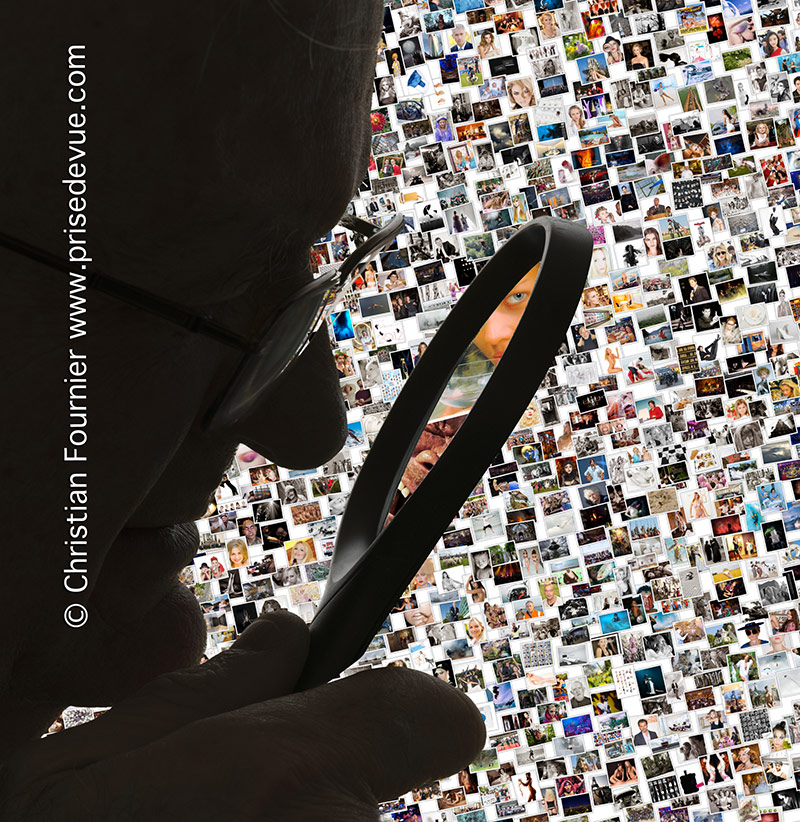 Due to manipulations between prisedevue.photos, prisedevue.photos and famousphotographer.com, some links may be broken. Sorry. I'm working on it ! |
|||||||||||||||||||||||
| ************************* MY BLOGS Not many photographers have the courage to show their photos on a daily basis. I do it to show that in a wide range of photography, I always take good photos for my clients. Technical perfection and an obvious sensitivity. If you imagine the logistic necessary for these missions (estimates, preparations, equipment, transports in traffic jams, safety, etc.), you can see that I am a photographer who achieves results in all circumstances.
************************* |
|||||||||||||||||||||||
 |
CONTACT |
 |
|||||||||||||||||||||
| WWW.FAMOUSPHOTOGRAPHER.COM The archives | |||||||||||||||||||||||
************************* Intellectual Copyright Property 2020 Christian Fournier. All rights are reserved. All texts, photos, graphs, sound files and videos in this website are protected. Their reproduction, modification and uses on other web sites than those by Christian Fournier are strictly forbidden. Most of the photos on my web site are for sale, except, of course, the ones for which I do not have the models or decor releases. I am at your disposal for any query you may have. |
|||||||||||||||||||||||
 |
|||||||||||||||||||||||
|
|||||||||||||||||||||||


